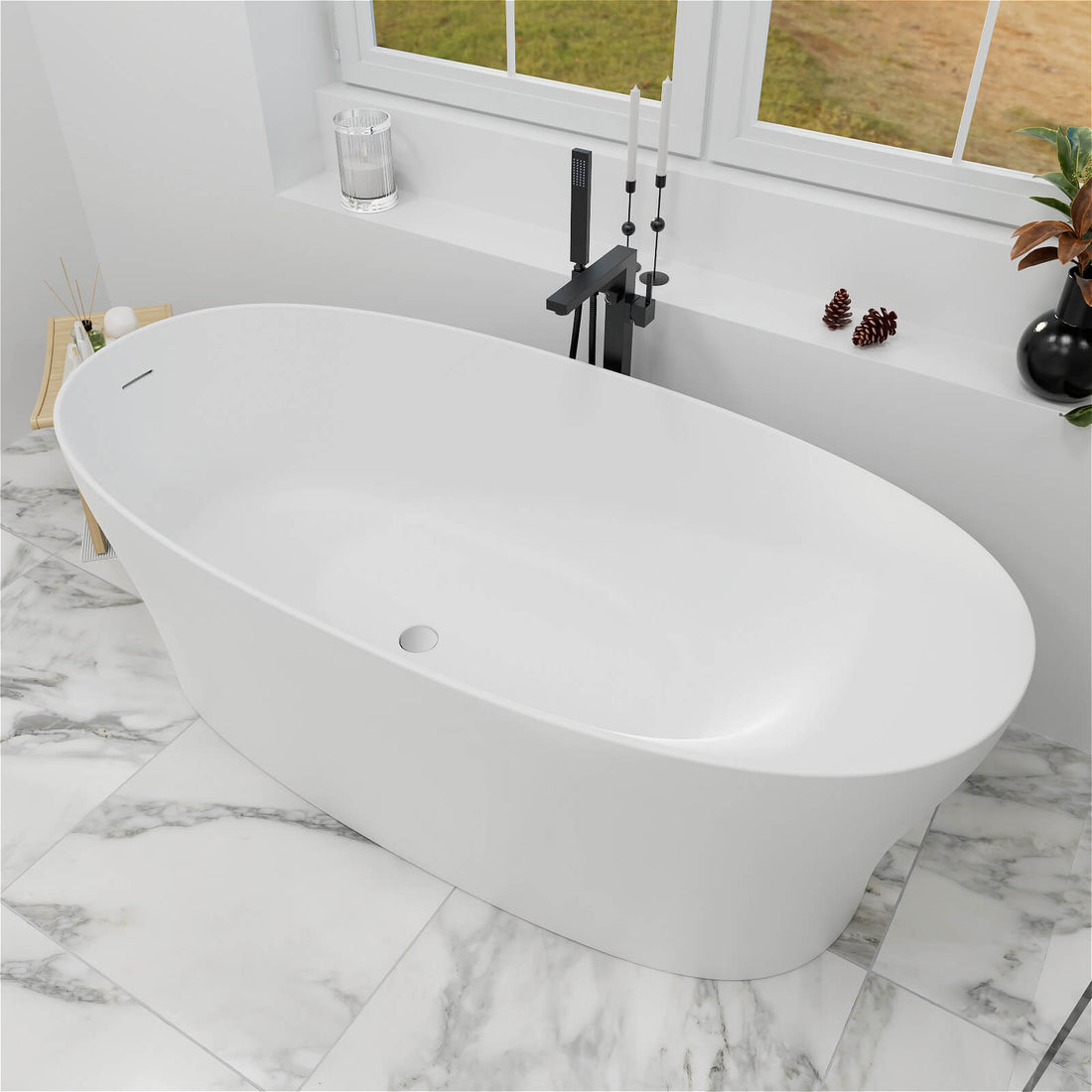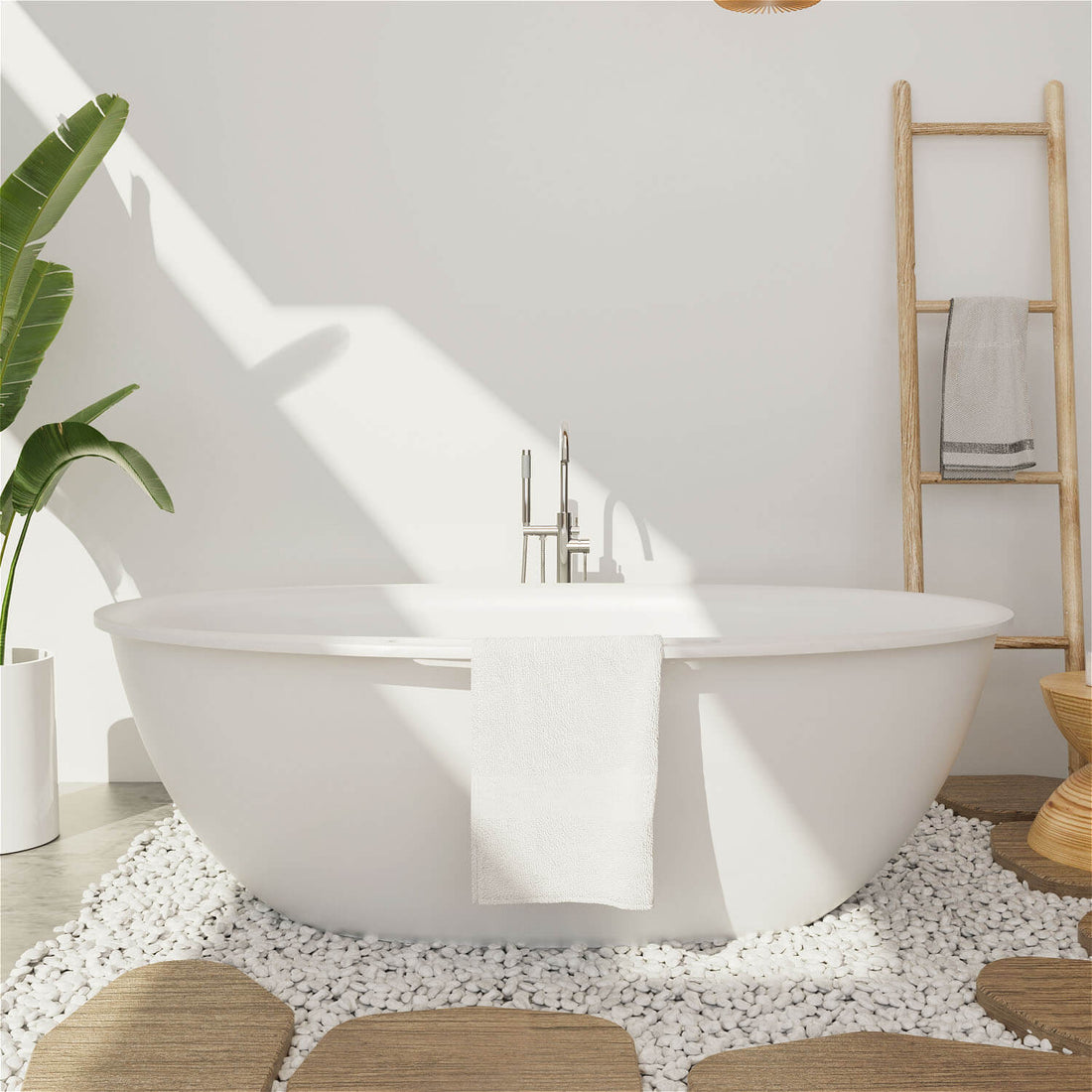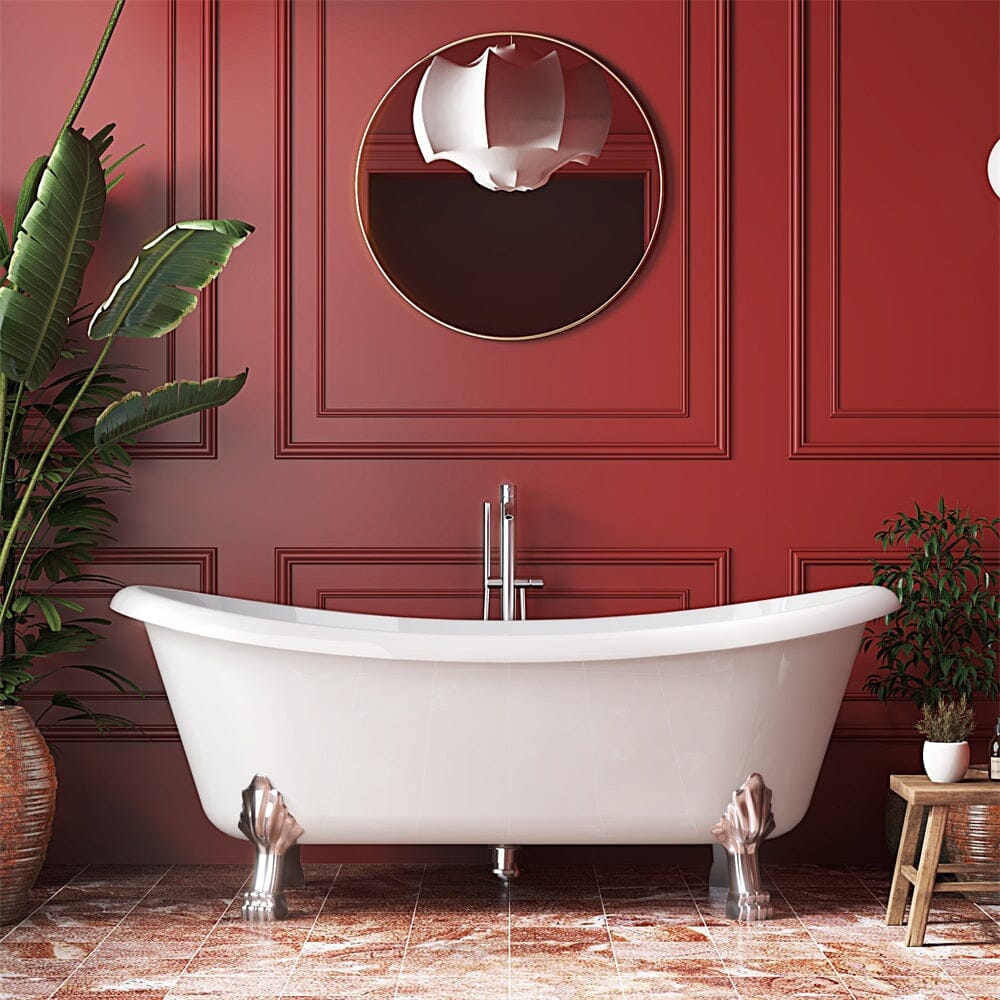10 products
-
Mokleba 47" Acrylic Freestanding Japanese Soaking Bathtub with Built-in Seat Glossy White
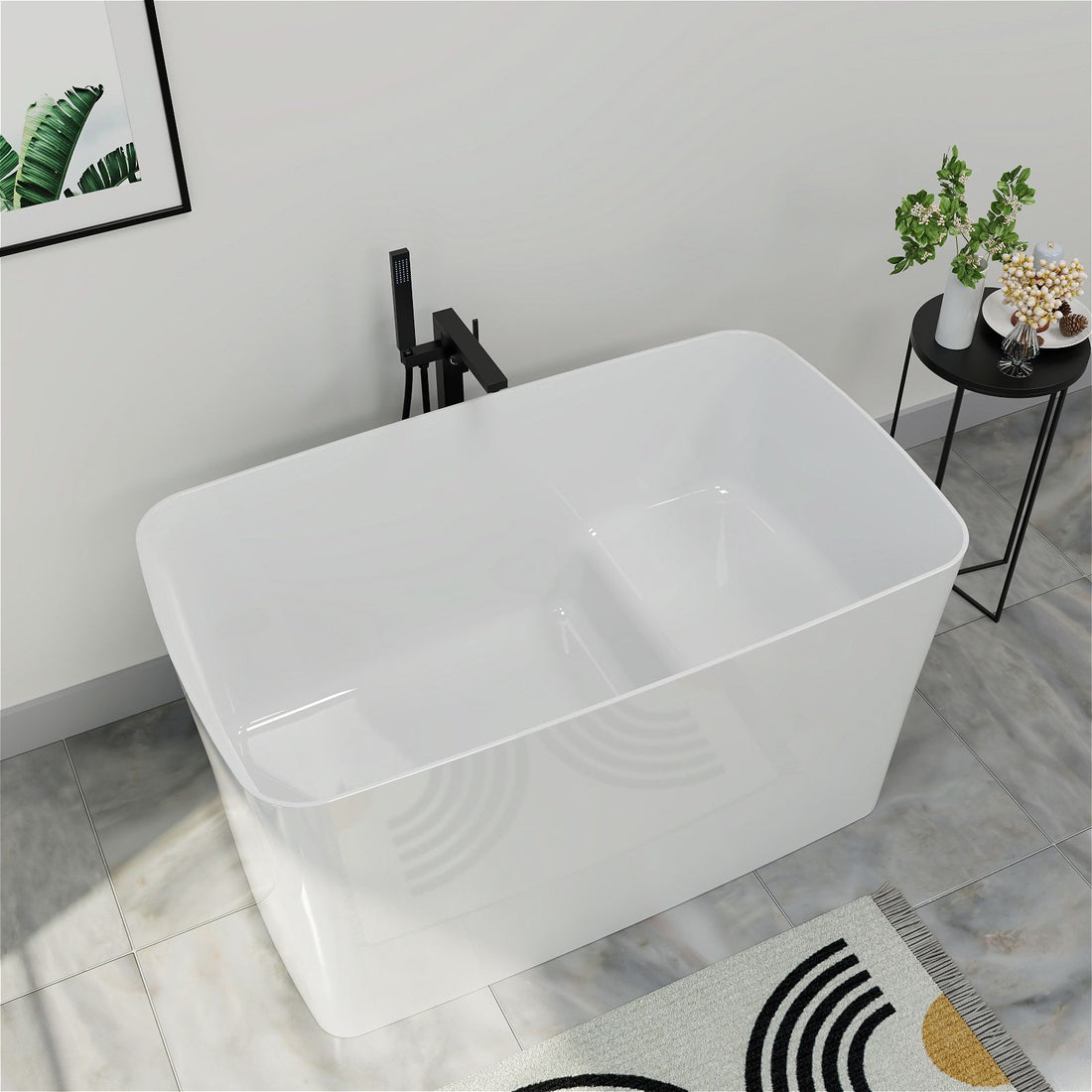
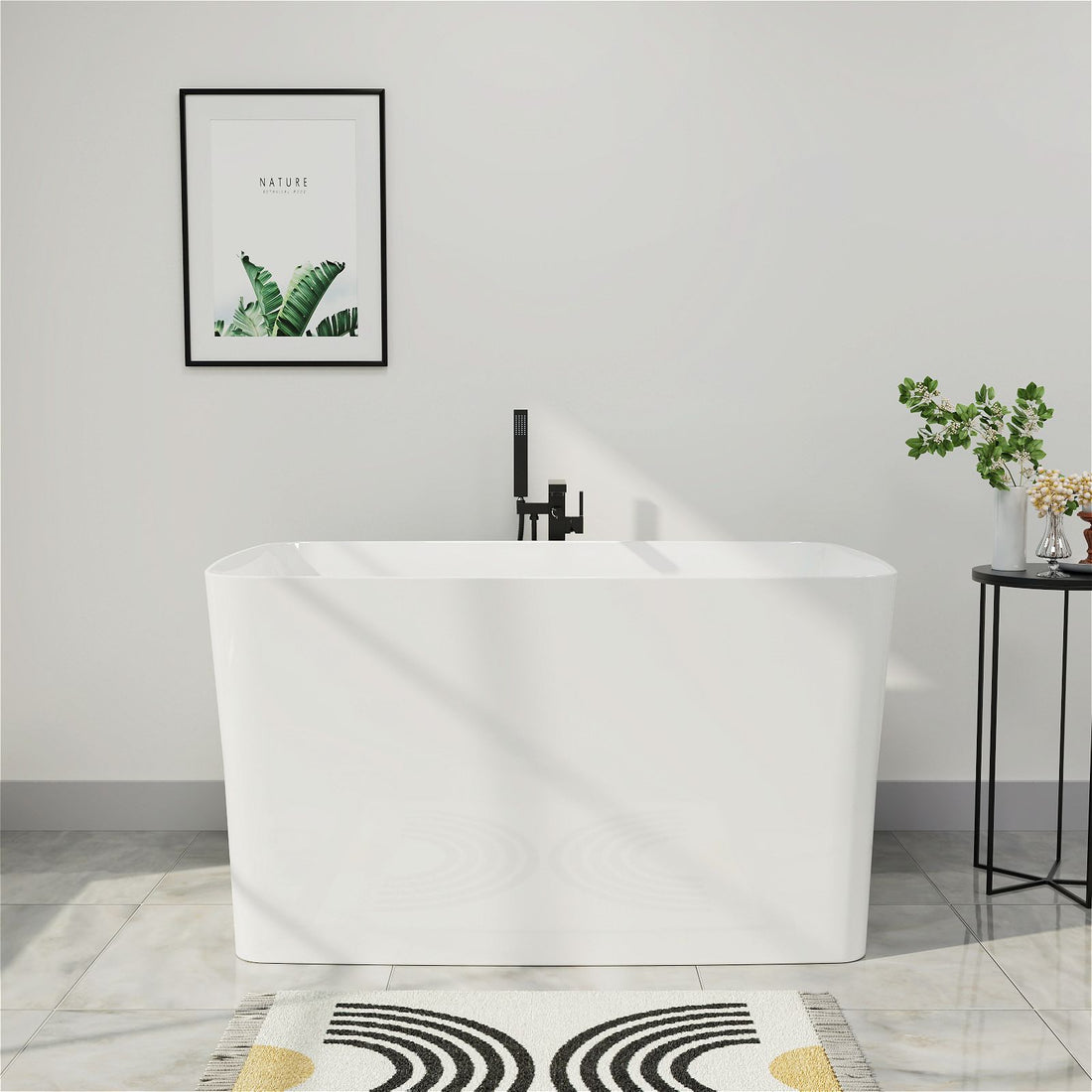 Mokleba 47" Acrylic Freestanding Japanese Soaking Bathtub with Built-in Seat Glossy White
Mokleba 47" Acrylic Freestanding Japanese Soaking Bathtub with Built-in Seat Glossy White- Regular price
-
$899.99 - Regular price
-
$1,899.00 - Sale price
-
$899.99
Quick view
-
47'' Solid Surface Stone Resin Freestanding Japanese Soaking Bathtub with Built-in Seat
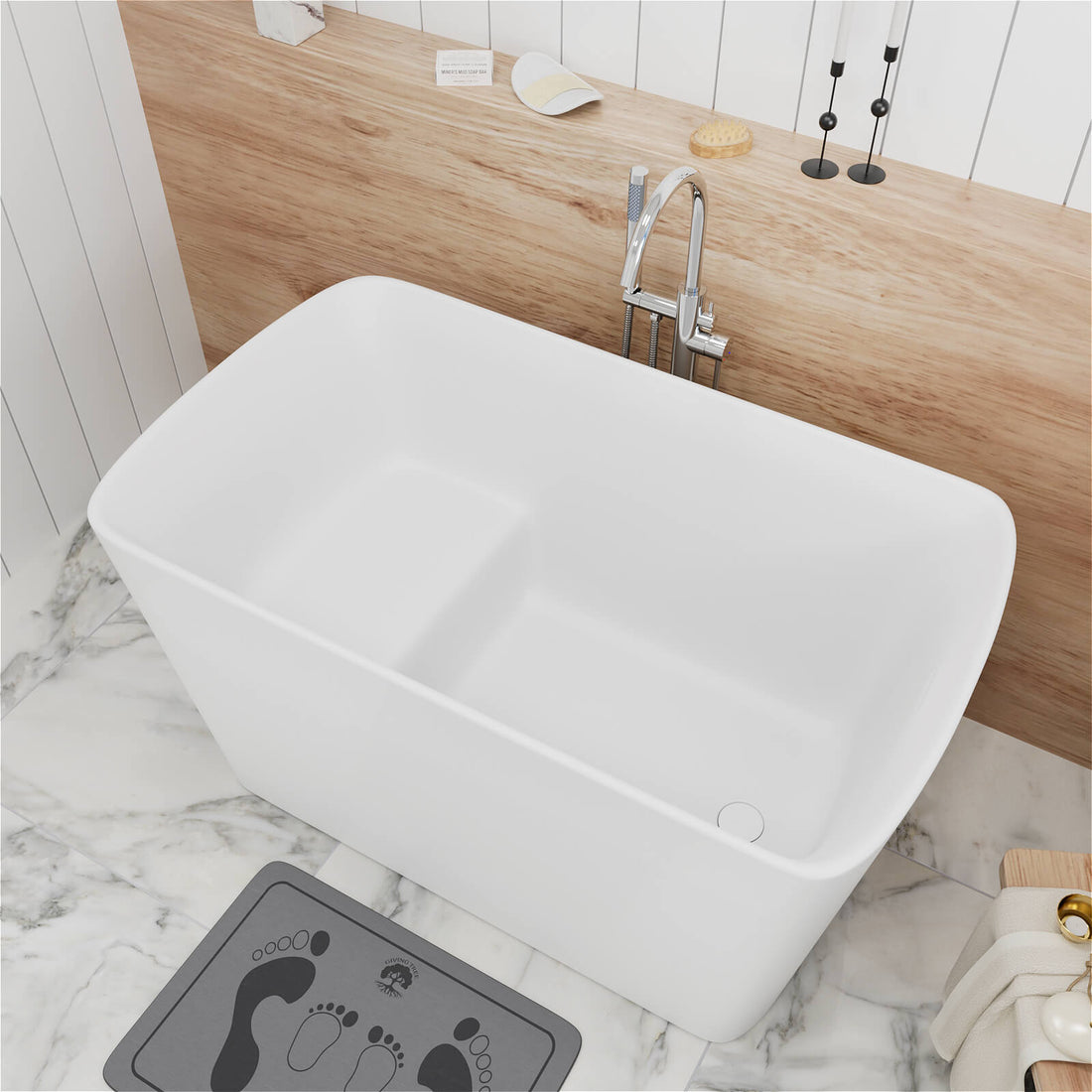
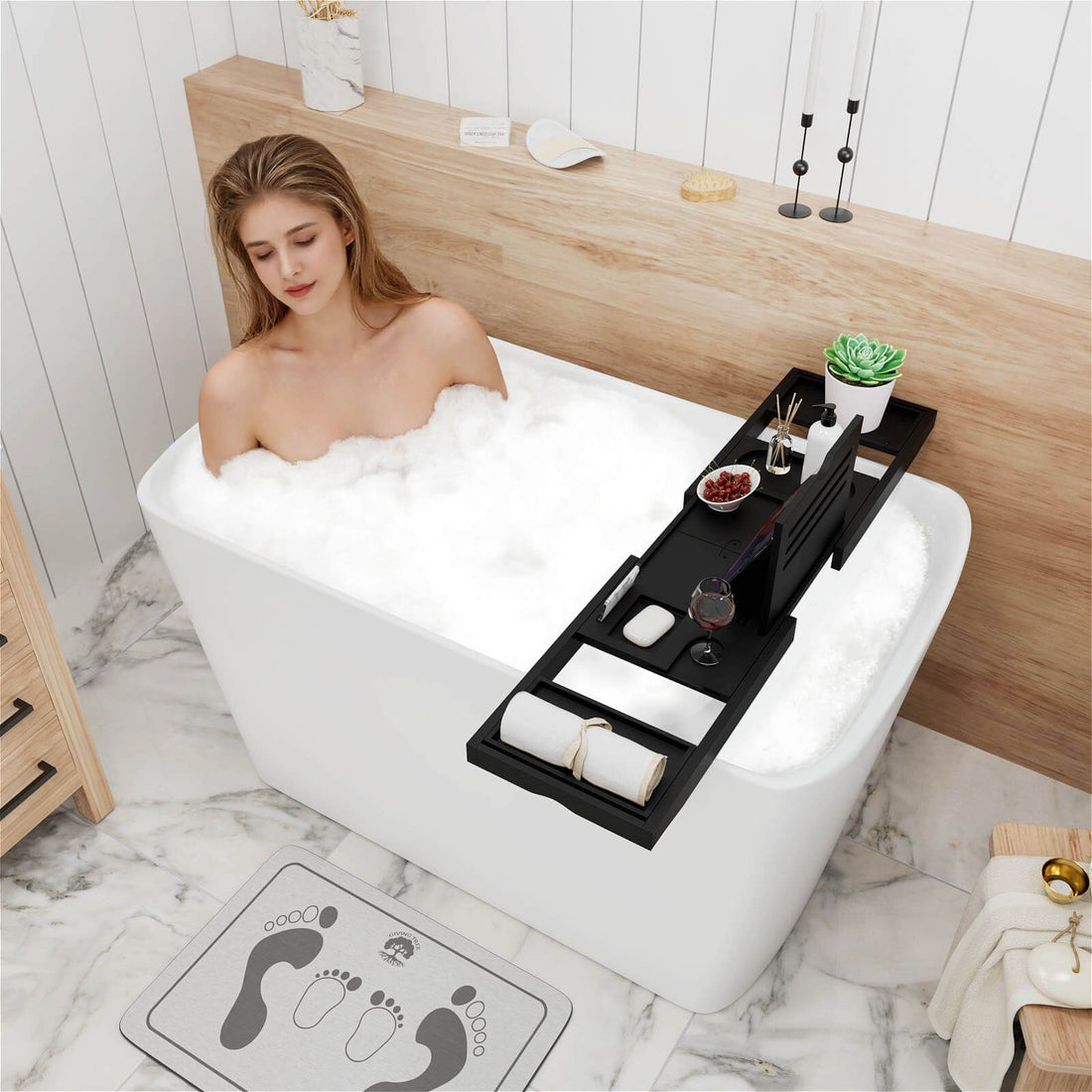 47'' Solid Surface Stone Resin Freestanding Japanese Soaking Bathtub with Built-in Seat
47'' Solid Surface Stone Resin Freestanding Japanese Soaking Bathtub with Built-in Seat- Regular price
-
$1,699.99 - Regular price
-
$2,499.99 - Sale price
-
$1,699.99
Quick view
-
Mokleba 47'' Acrylic Small Freestanding Tub Modern Japanese Soaking Bathtub
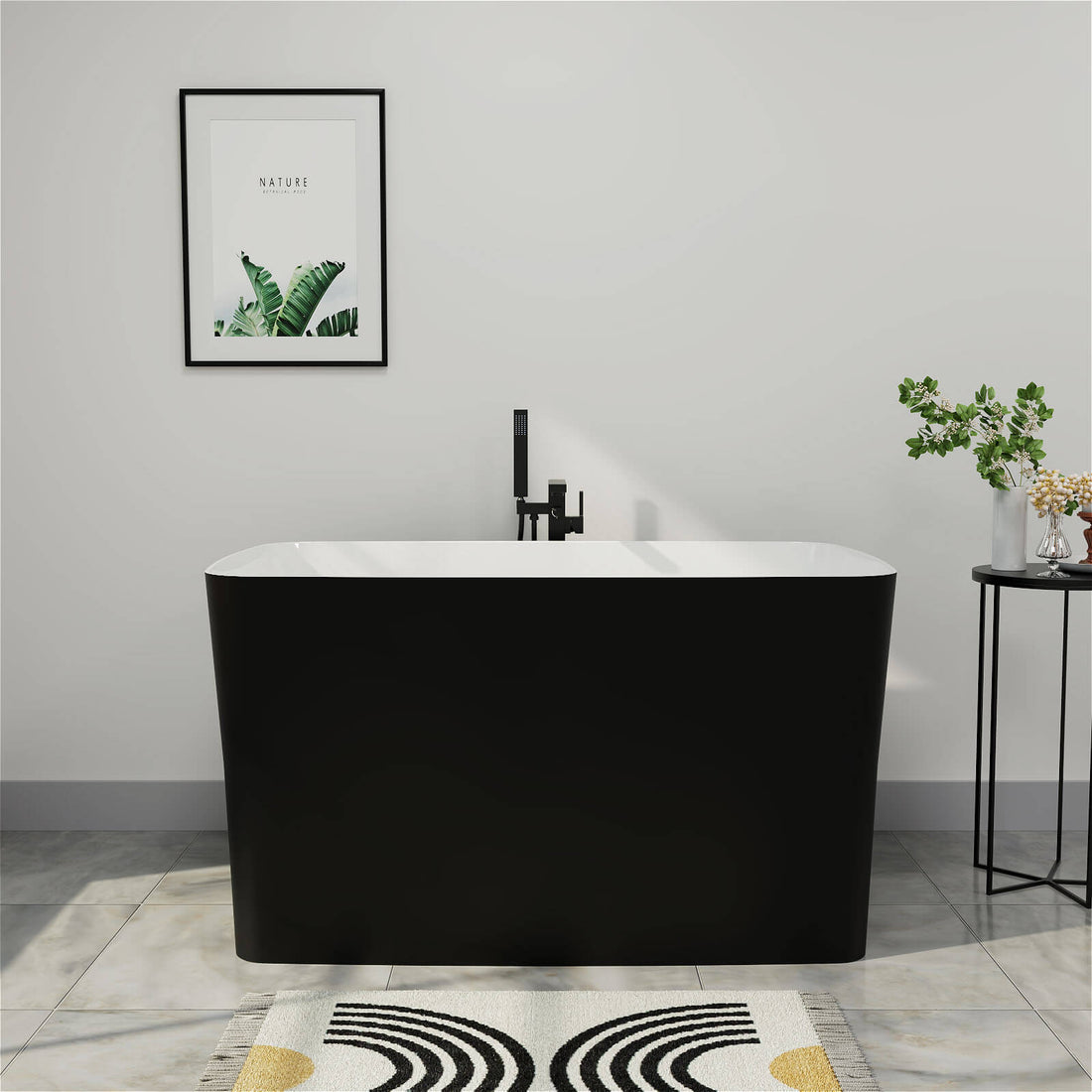
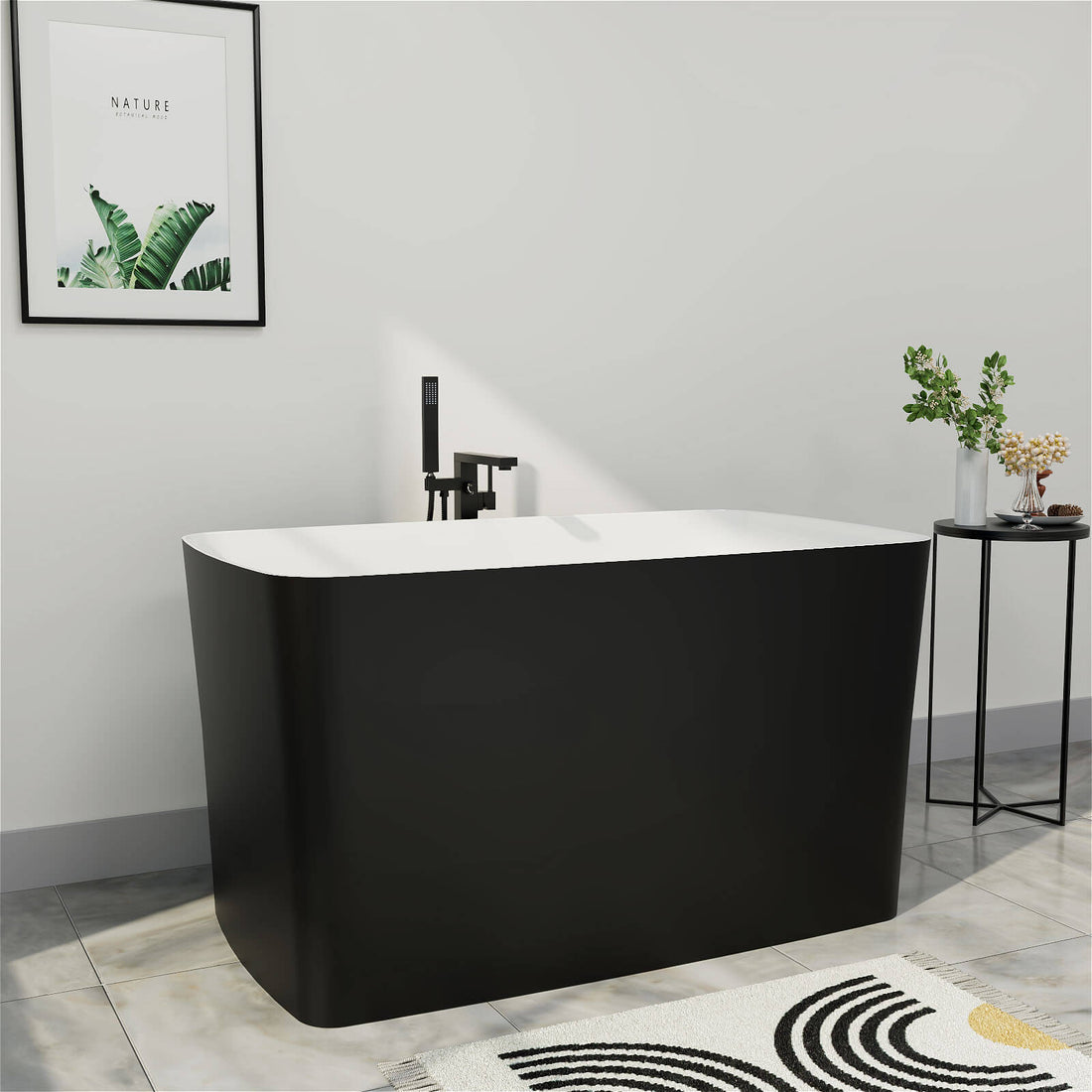 Mokleba 47'' Acrylic Small Freestanding Tub Modern Japanese Soaking Bathtub
Mokleba 47'' Acrylic Small Freestanding Tub Modern Japanese Soaking Bathtub- Regular price
-
From
$699.99 - Regular price
-
$1,699.00 - Sale price
-
From
$699.99
Quick view
-
Mokleba 47'' Acrylic Rectangle Freestanding Built-in Seat Japanese Soaking Bathtub
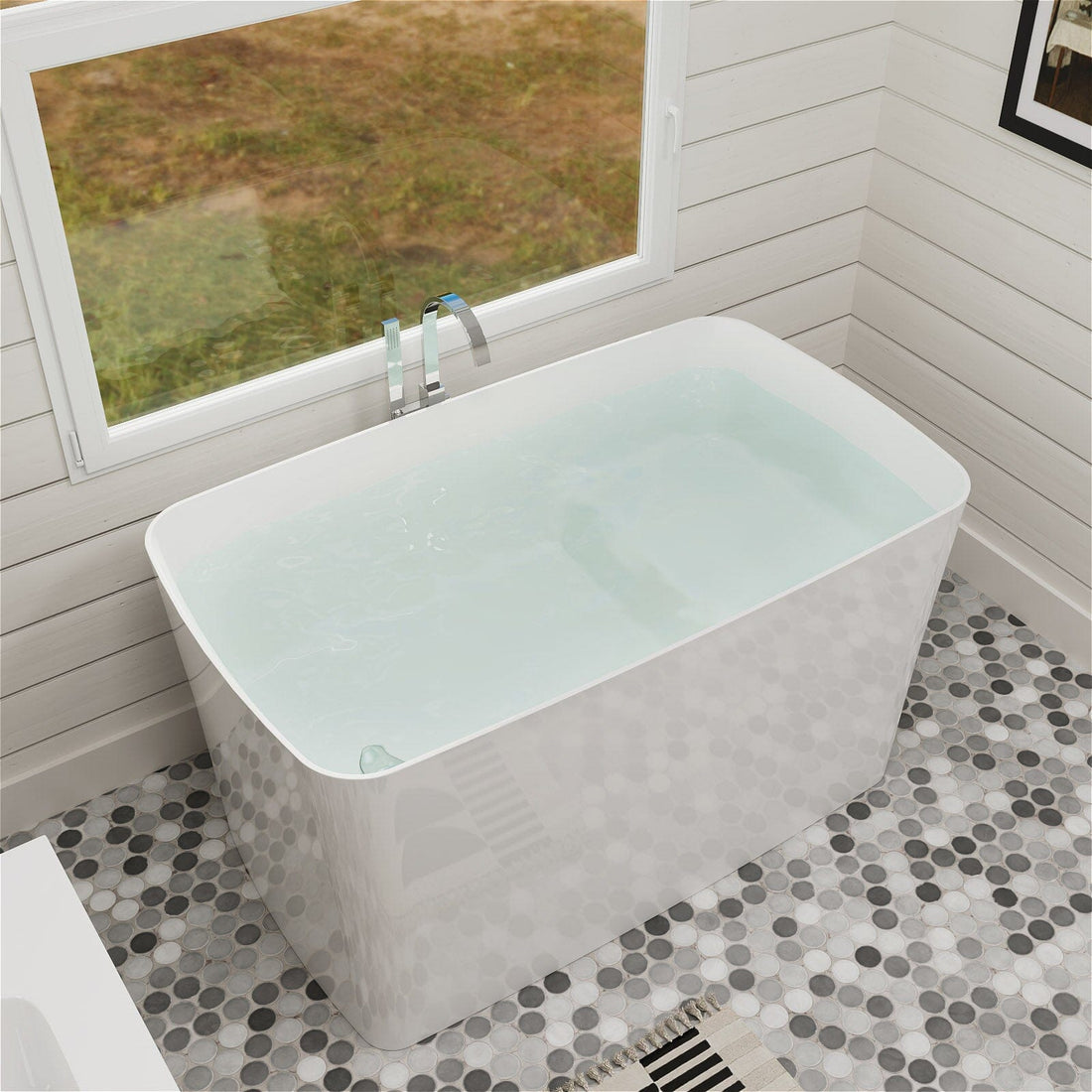
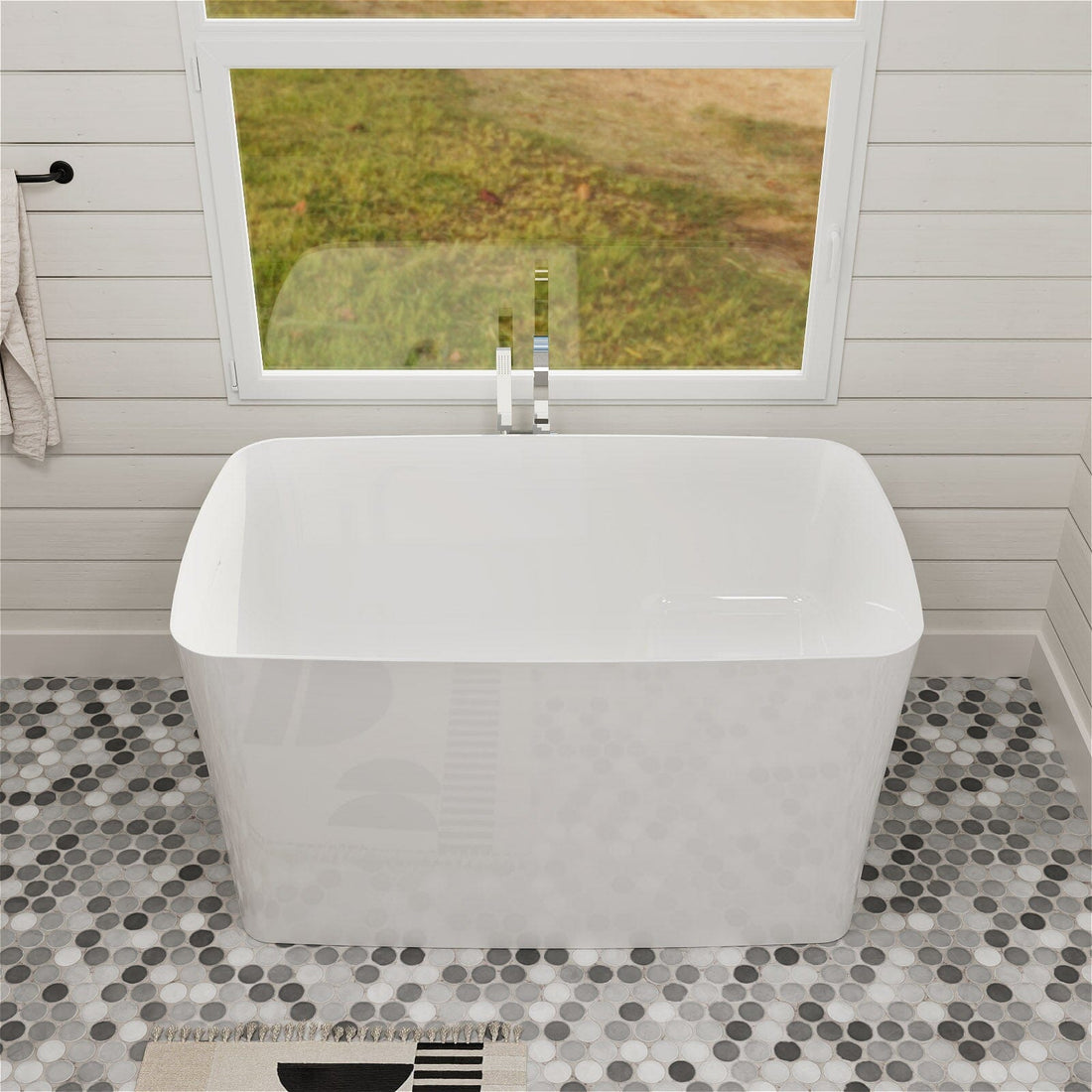 Mokleba 47'' Acrylic Rectangle Freestanding Built-in Seat Japanese Soaking Bathtub
Mokleba 47'' Acrylic Rectangle Freestanding Built-in Seat Japanese Soaking Bathtub- Regular price
-
From
$699.99 - Regular price
-
$1,799.99 - Sale price
-
From
$699.99
Quick view
-
Mokleba 47'' Acrylic Freestanding Japanese Soaking Bathtub with Built-in Seat Gray
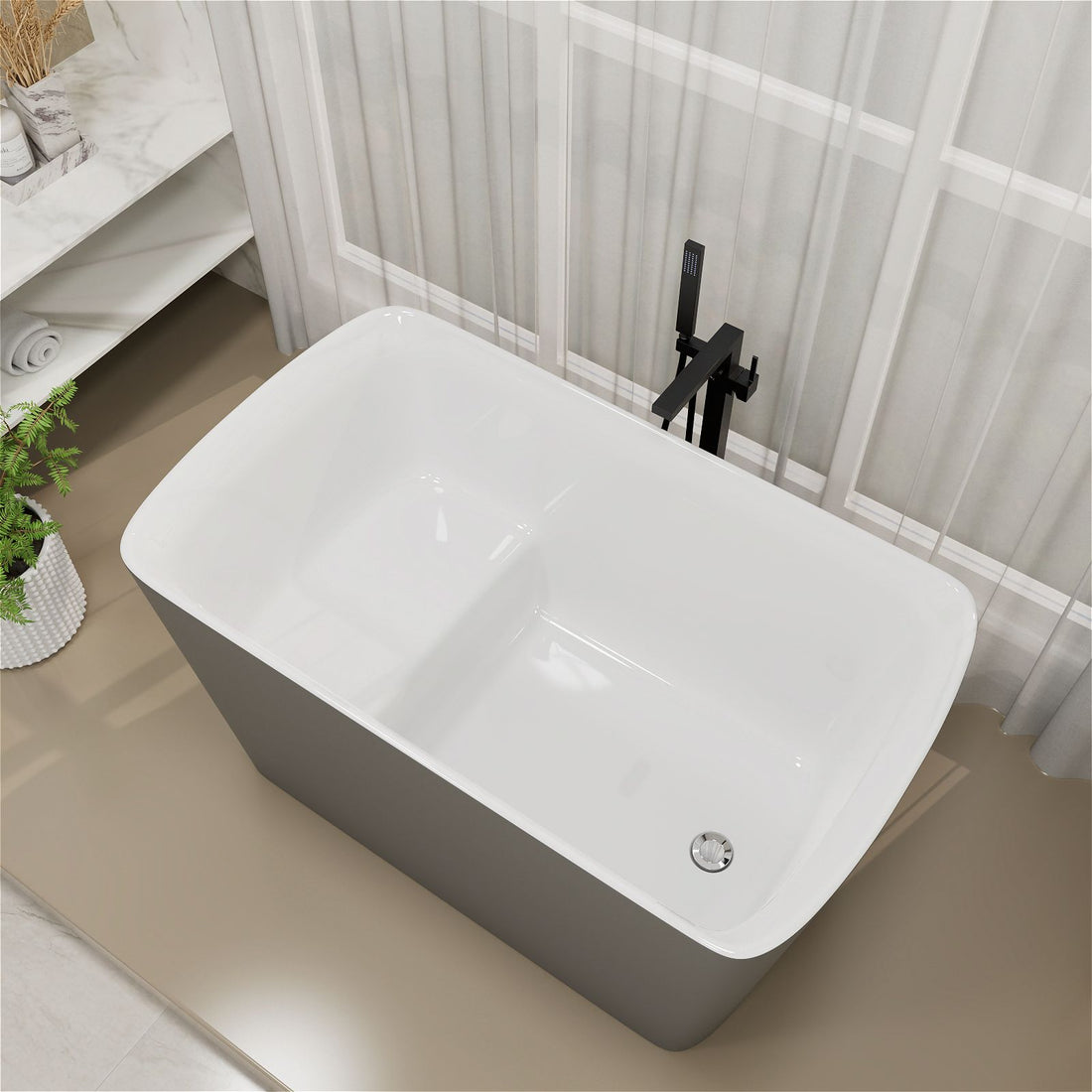
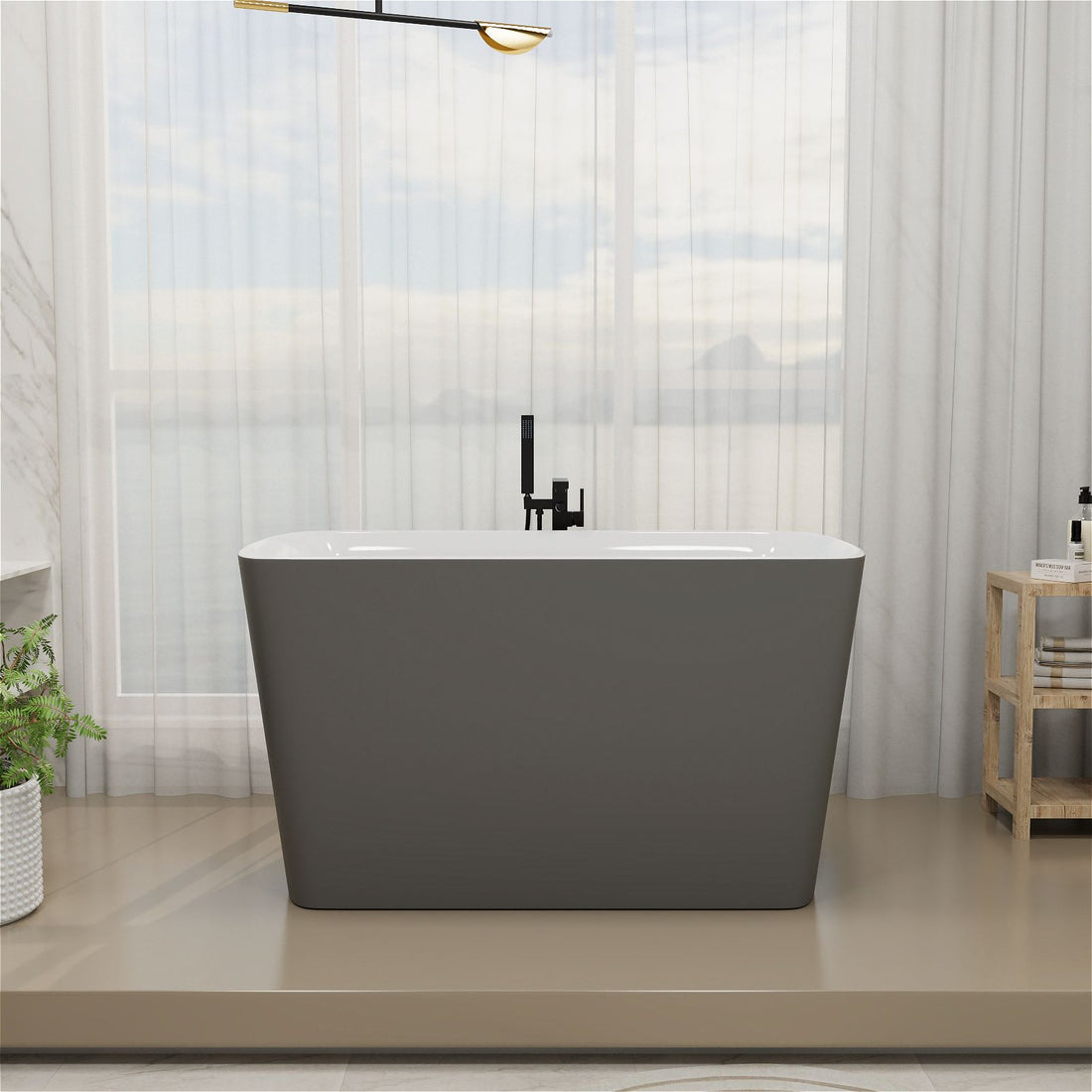 Mokleba 47'' Acrylic Freestanding Japanese Soaking Bathtub with Built-in Seat Gray
Mokleba 47'' Acrylic Freestanding Japanese Soaking Bathtub with Built-in Seat Gray- Regular price
-
$849.99 - Regular price
-
$1,899.00 - Sale price
-
$849.99
Quick view
-
47'' Stone Resin Black Small Freestanding Japanese Soaking Tub with Seat, Reversible Drain
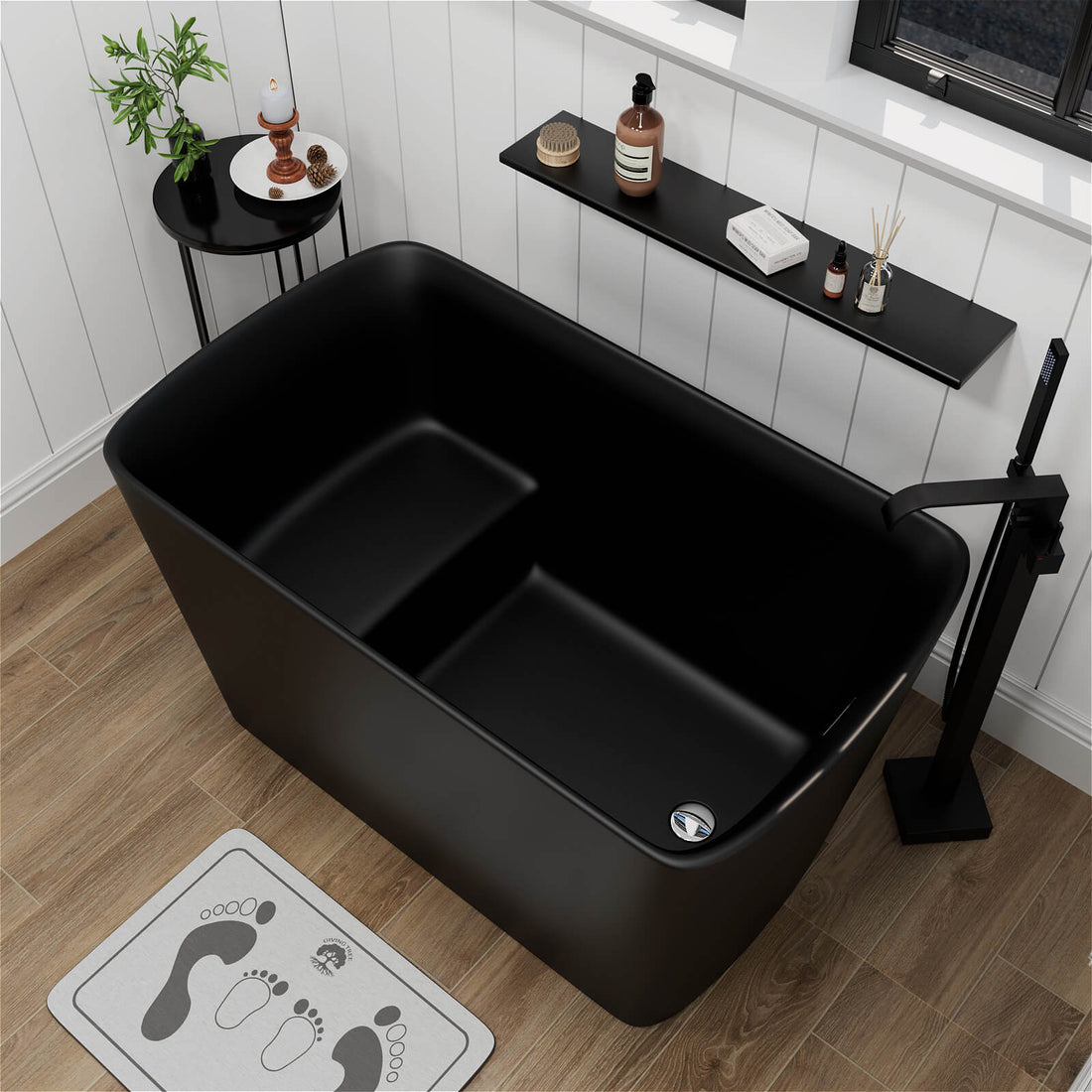
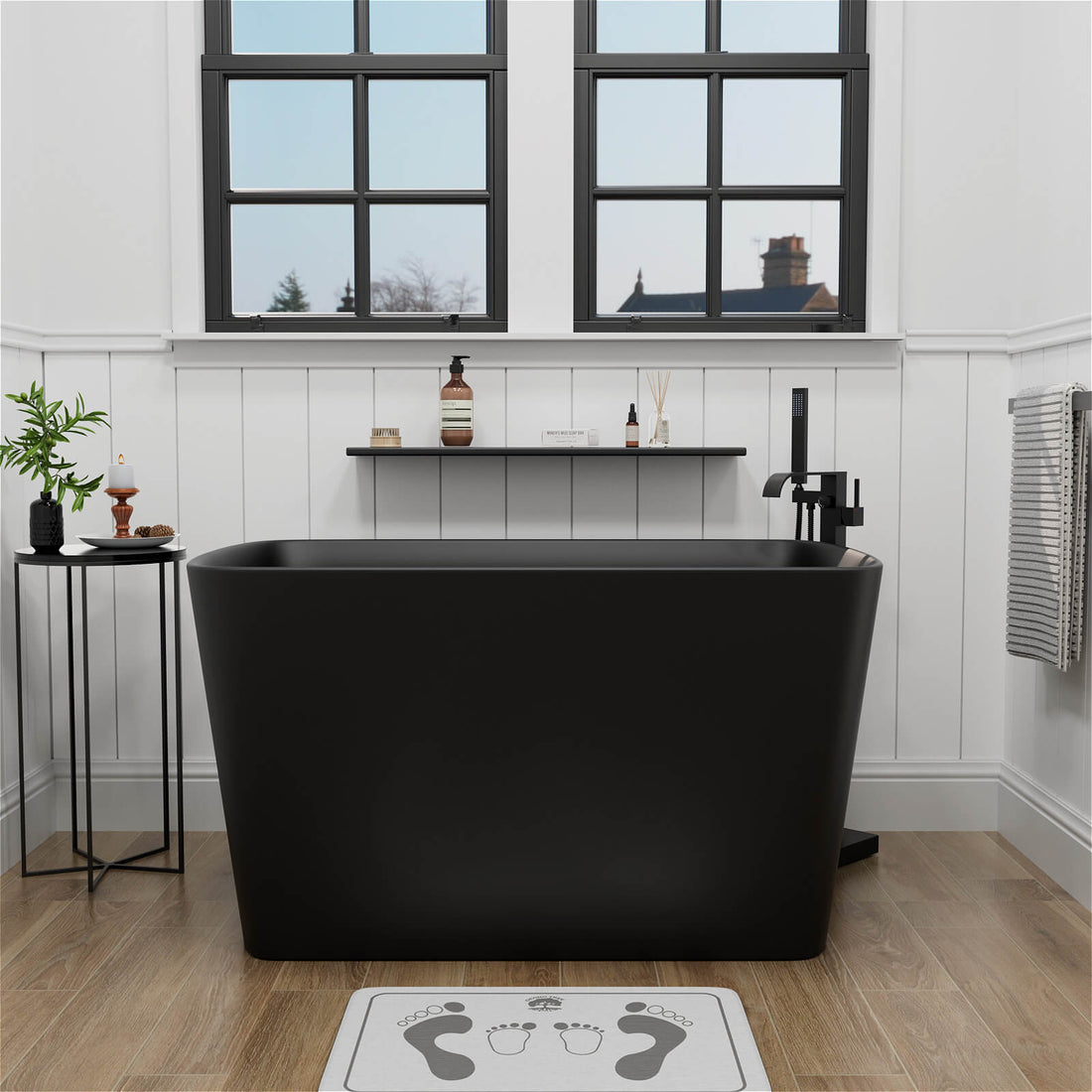 47'' Stone Resin Black Small Freestanding Japanese Soaking Tub with Seat, Reversible Drain
47'' Stone Resin Black Small Freestanding Japanese Soaking Tub with Seat, Reversible Drain- Regular price
-
$1,899.99 - Regular price
-
$2,499.99 - Sale price
-
$1,899.99
Quick view
-
47'' Rectangular Acrylic Soaking Bathtub with Built-In Seat
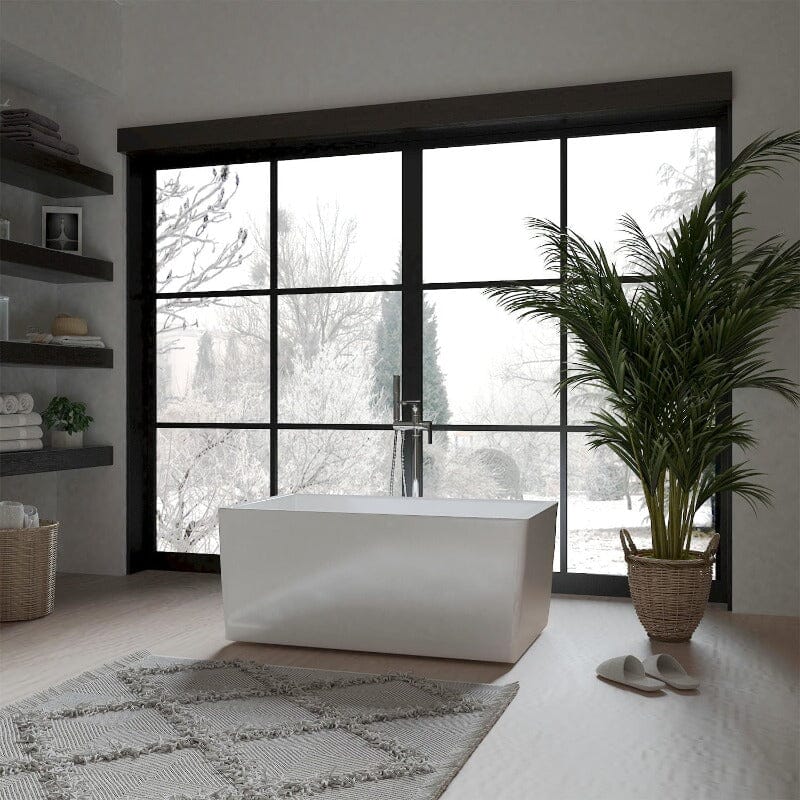
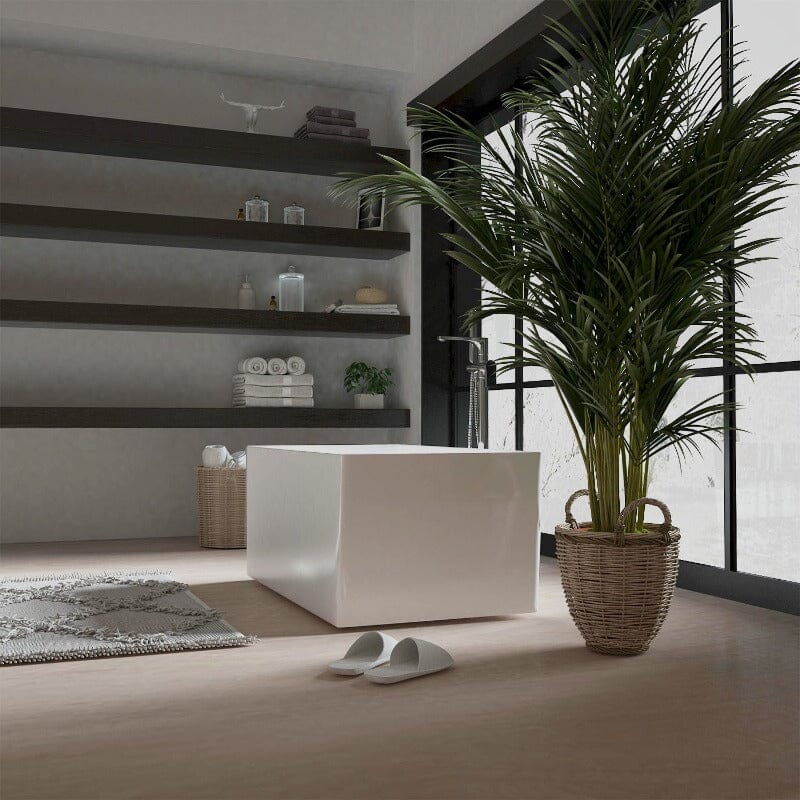 47'' Rectangular Acrylic Soaking Bathtub with Built-In Seat
47'' Rectangular Acrylic Soaking Bathtub with Built-In Seat- Regular price
-
$1,195.50 - Regular price
-
$0.00 - Sale price
-
$1,195.50
Quick view
-
49" Japanese-Style Freestanding Round Soaking Tub in Stone Resin Material
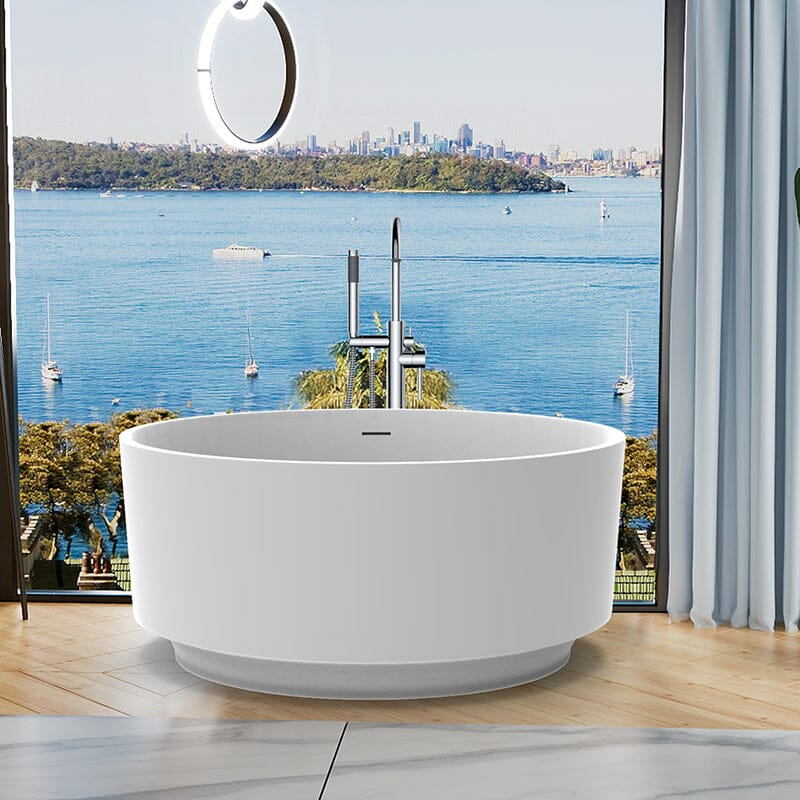
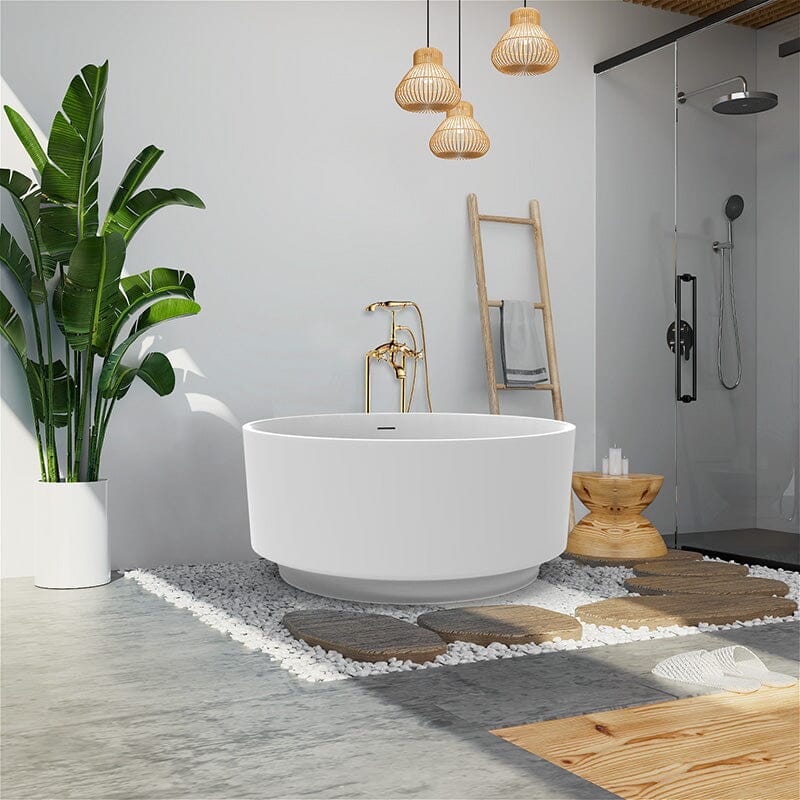 49" Japanese-Style Freestanding Round Soaking Tub in Stone Resin Material
49" Japanese-Style Freestanding Round Soaking Tub in Stone Resin Material- Regular price
-
$2,799.99 - Regular price
-
$2,999.99 - Sale price
-
$2,799.99
Quick view
-
39" Solid Surface Oval Japanese Soaking Tub with Integrated Seat
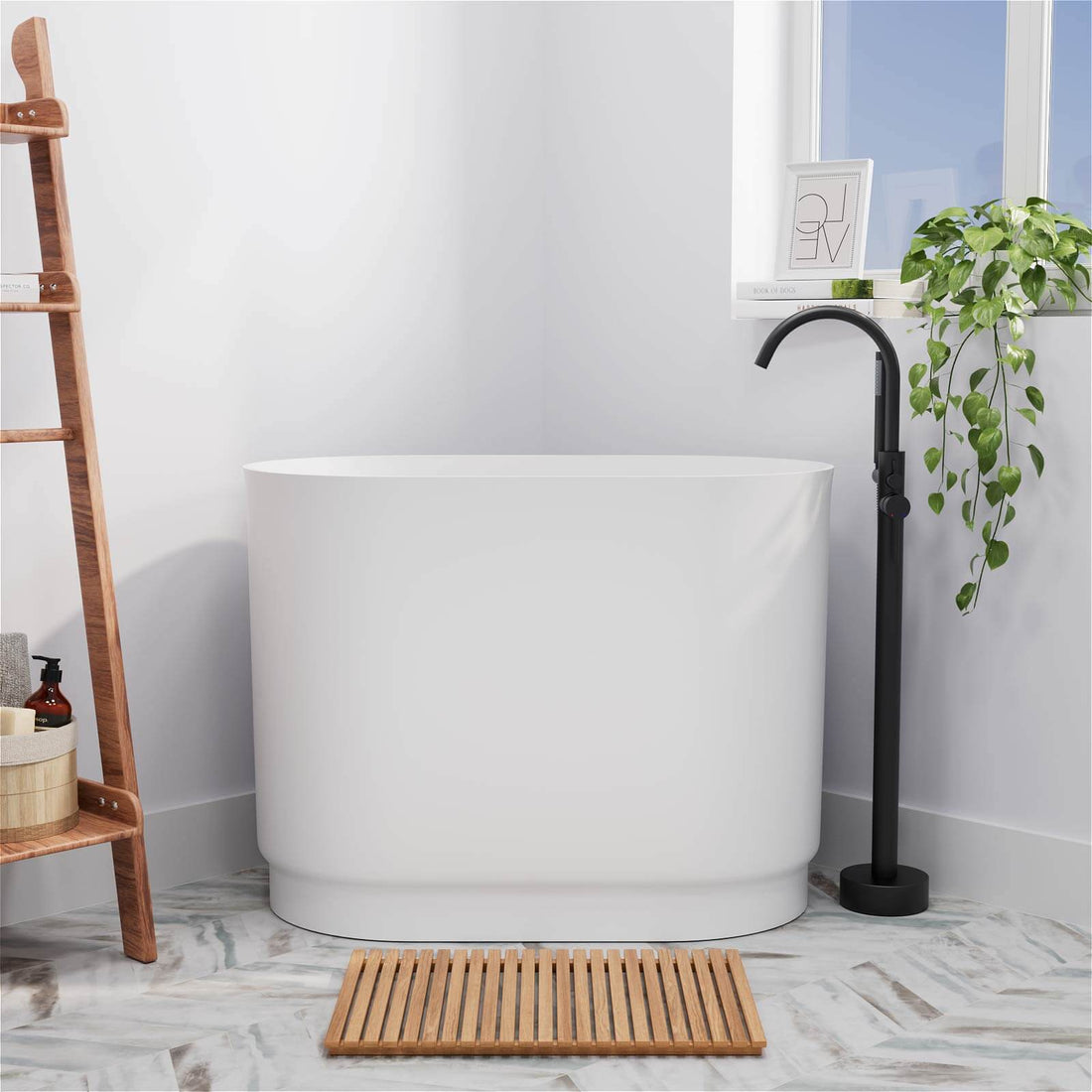
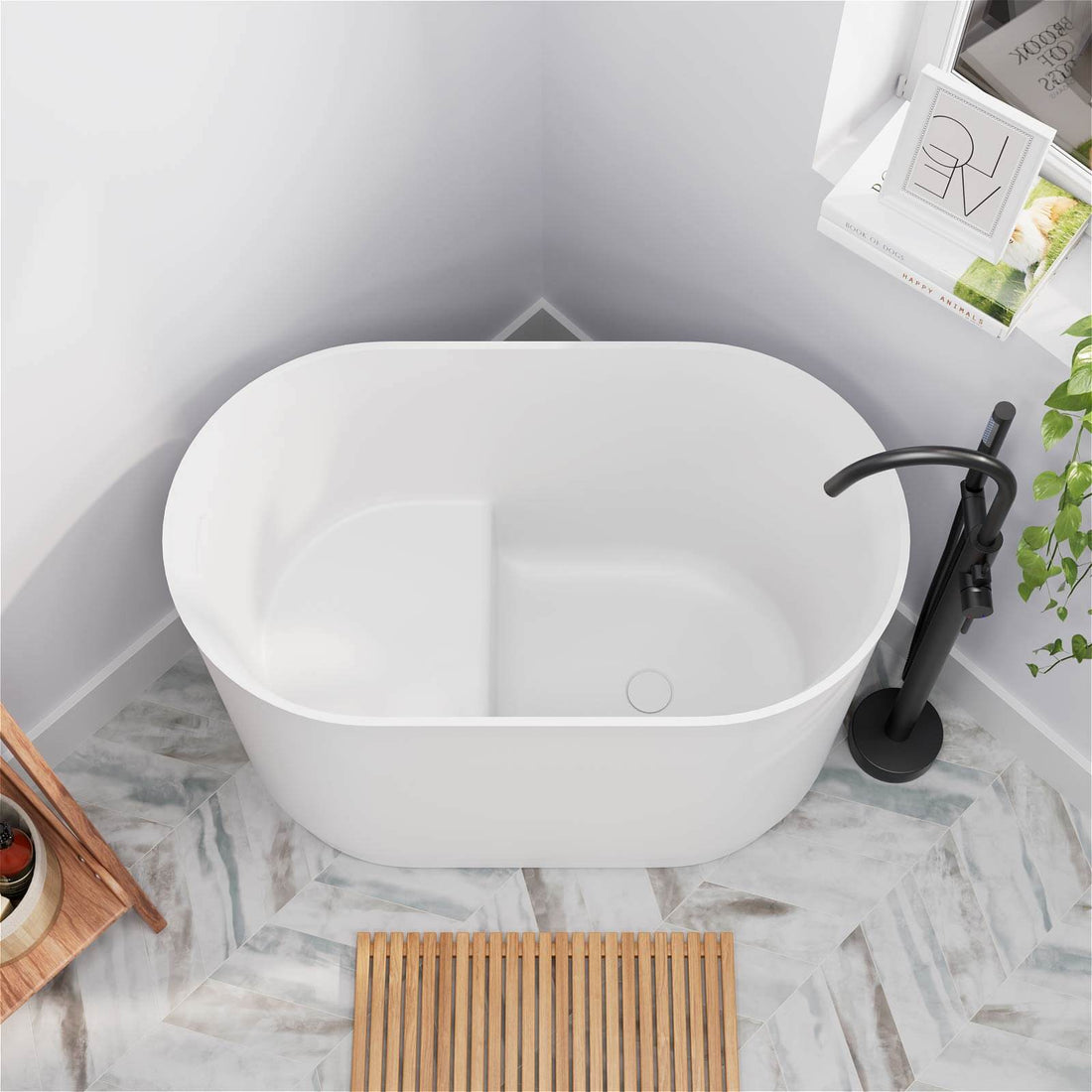 39" Solid Surface Oval Japanese Soaking Tub with Integrated Seat
39" Solid Surface Oval Japanese Soaking Tub with Integrated Seat- Regular price
-
$2,199.99 - Regular price
-
- Sale price
-
$2,199.99
Quick view
-
57" Large Round Bathtub with Reclined Backrest Design
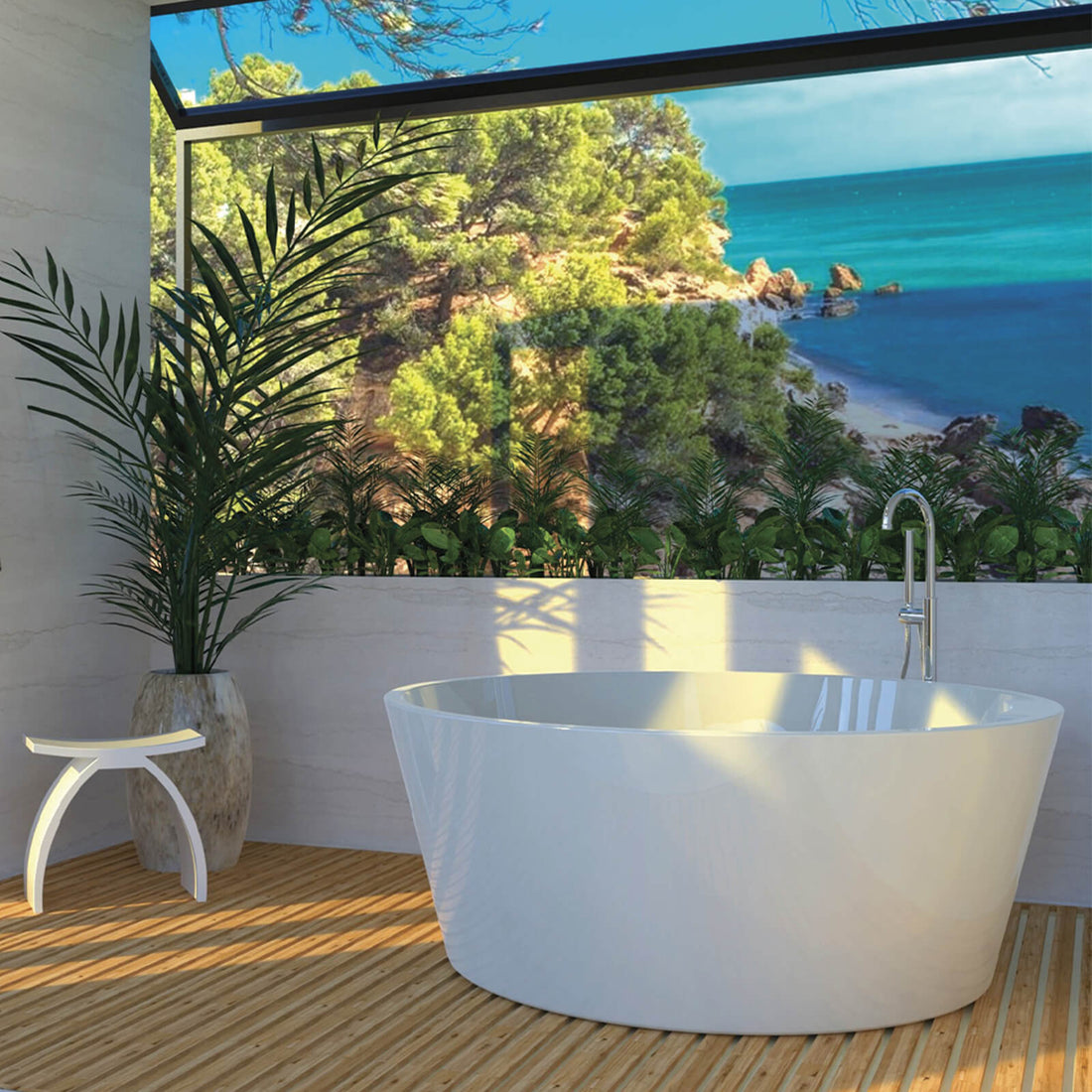
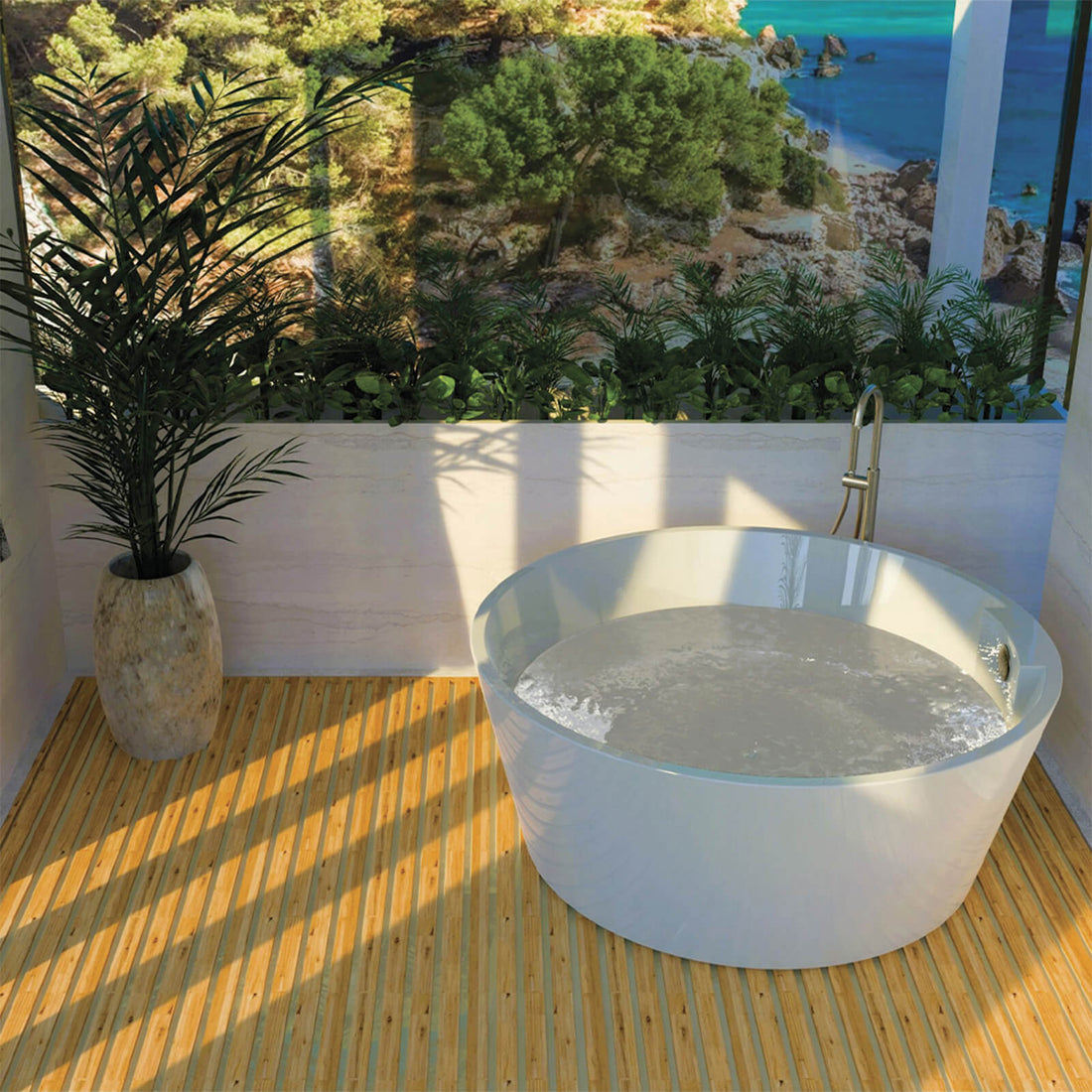 57" Large Round Bathtub with Reclined Backrest Design
57" Large Round Bathtub with Reclined Backrest Design- Regular price
-
$2,199.99 - Regular price
-
- Sale price
-
$2,199.99
Quick view
15% OFF 3 or More
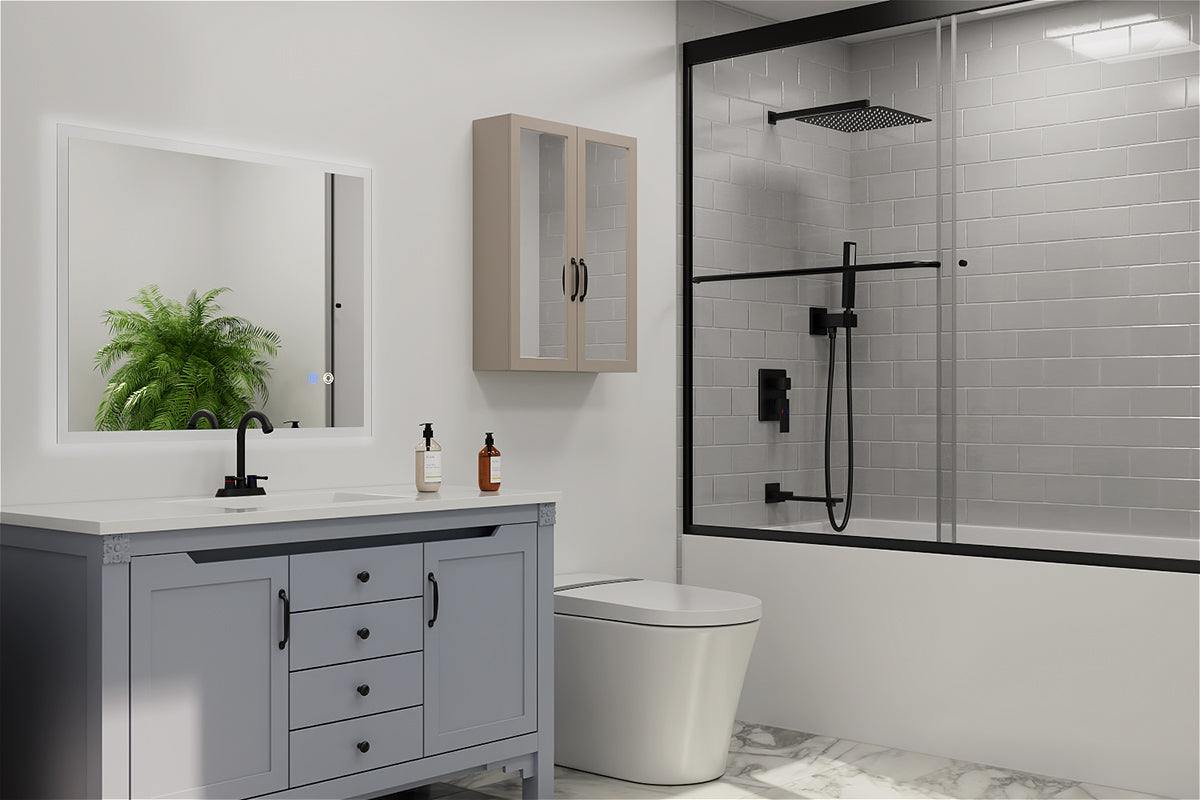
Quick view
56-60"W x 58"H Shower Door Traditional Two-way Sliding with Handle
-
Regular price
-
$649.99
$669.99
-
Regular price
-
-
Sale price
-
$649.99
$669.99
- Regular price
-
$649.99 $669.99 - Regular price
-
- Sale price
-
$649.99 $669.99
Quick view
12" Square Shower Set with Hand Shower & Tub Spout Shower Combo Set
-
Regular price
-
$219.99
$289.99
-
Regular price
-
-
Sale price
-
$219.99
$289.99
- Regular price
-
$219.99 $289.99 - Regular price
-
- Sale price
-
$219.99 $289.99
Quick view
Touchless Auto Flushing Smart Toilet with Ambient Light & Water Tank
-
Regular price
-
$999.99
-
Regular price
-
-
Sale price
-
$999.99
- Regular price
-
$999.99 - Regular price
-
- Sale price
-
$999.99
Quick view
LED Light Bathroom Vanity Mirror Large Rectangular Frameless Anti Fog
-
Regular price
-
$149.99
$549.99
-
Regular price
-
$299.99
-
Sale price
-
$149.99
$549.99
- Regular price
-
$149.99 $549.99 - Regular price
-
$299.99 - Sale price
-
$149.99 $549.99
Quick view
Bathroom Sink Faucet with Pop-Up Sink Drain and 2 Hoses, 3-Hole Stainless Steel High Arc
-
Regular price
-
From
$142.99
-
Regular price
-
$249.99
-
Sale price
-
From
$142.99
- Regular price
-
From
$142.99 - Regular price
-
$249.99 - Sale price
-
From
$142.99
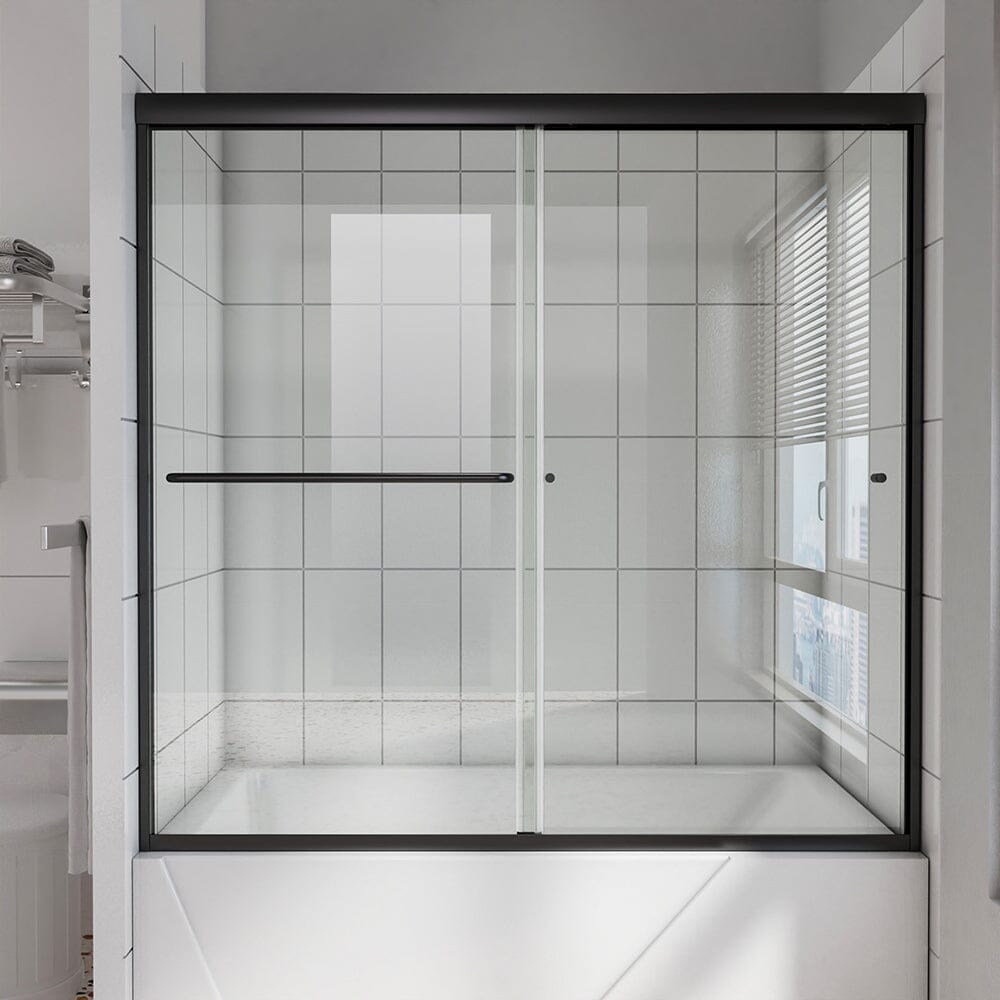
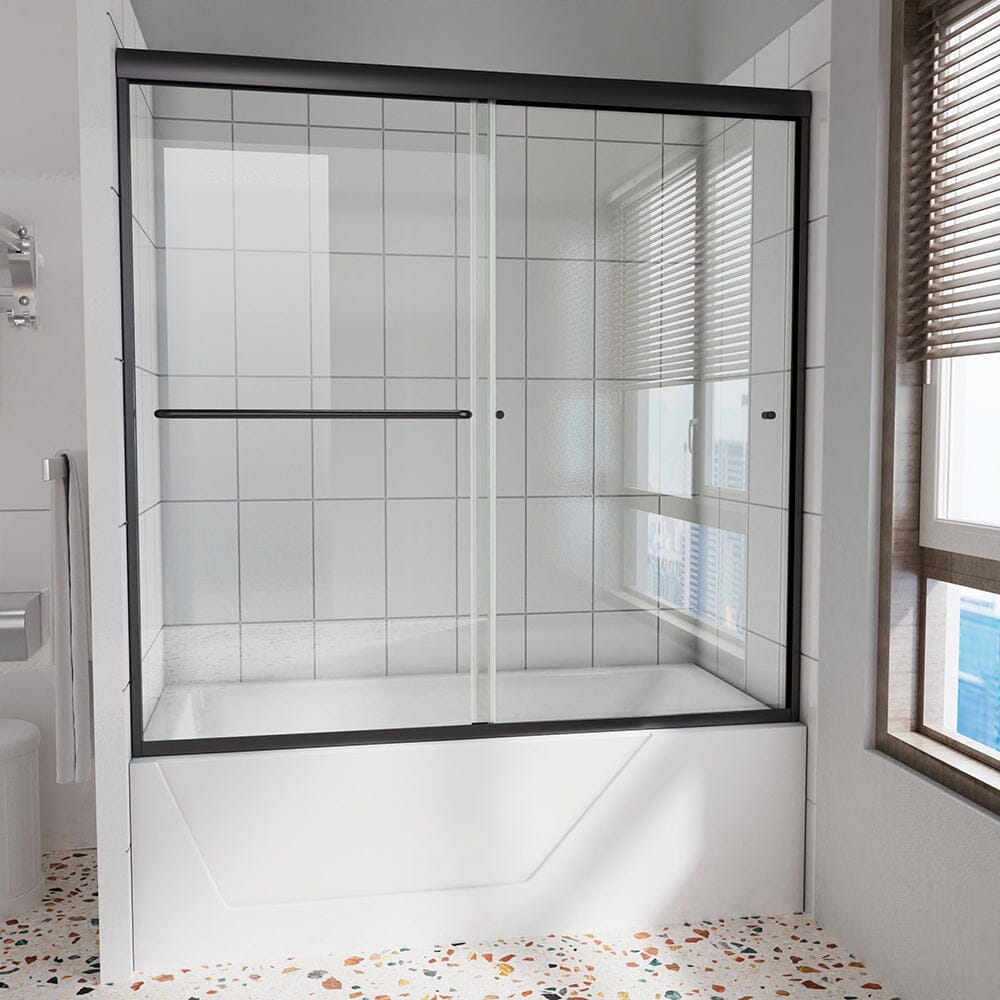
- Regular price
-
$649.99 $669.99 - Regular price
-
- Sale price
-
$649.99 $669.99
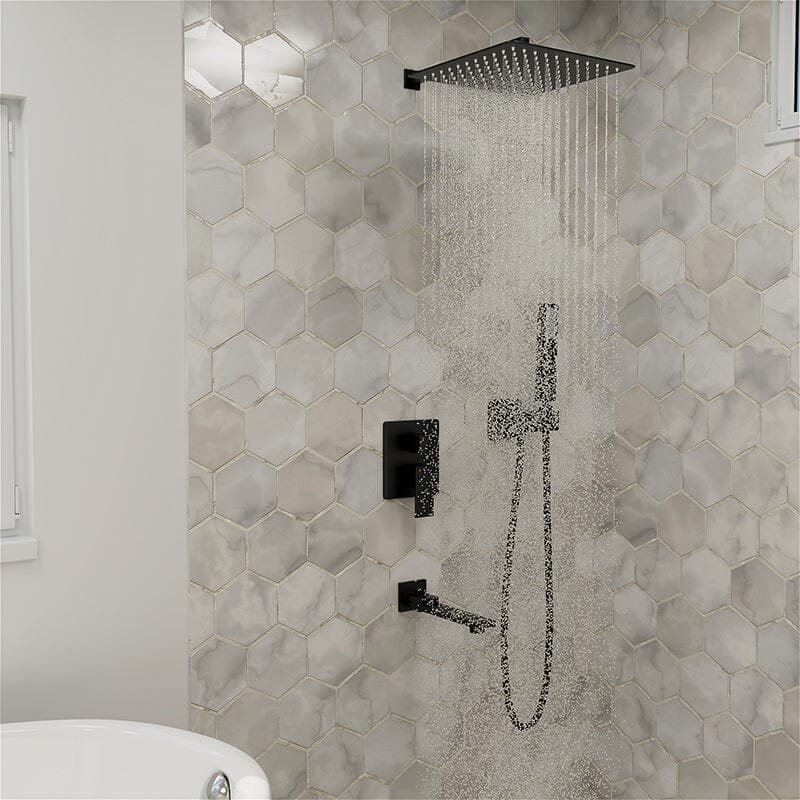
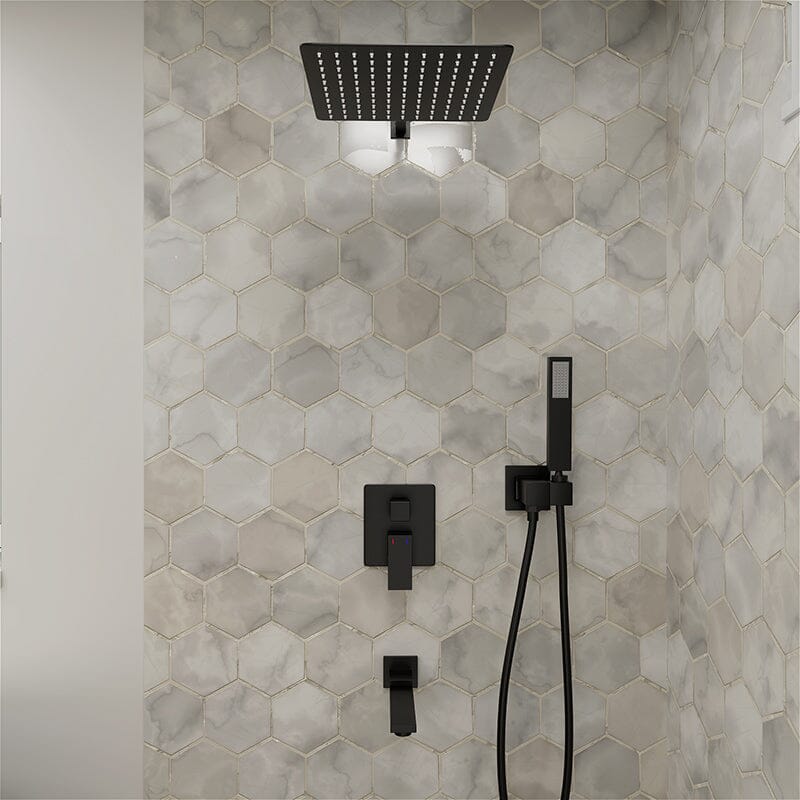
- Regular price
-
$219.99 $289.99 - Regular price
-
- Sale price
-
$219.99 $289.99
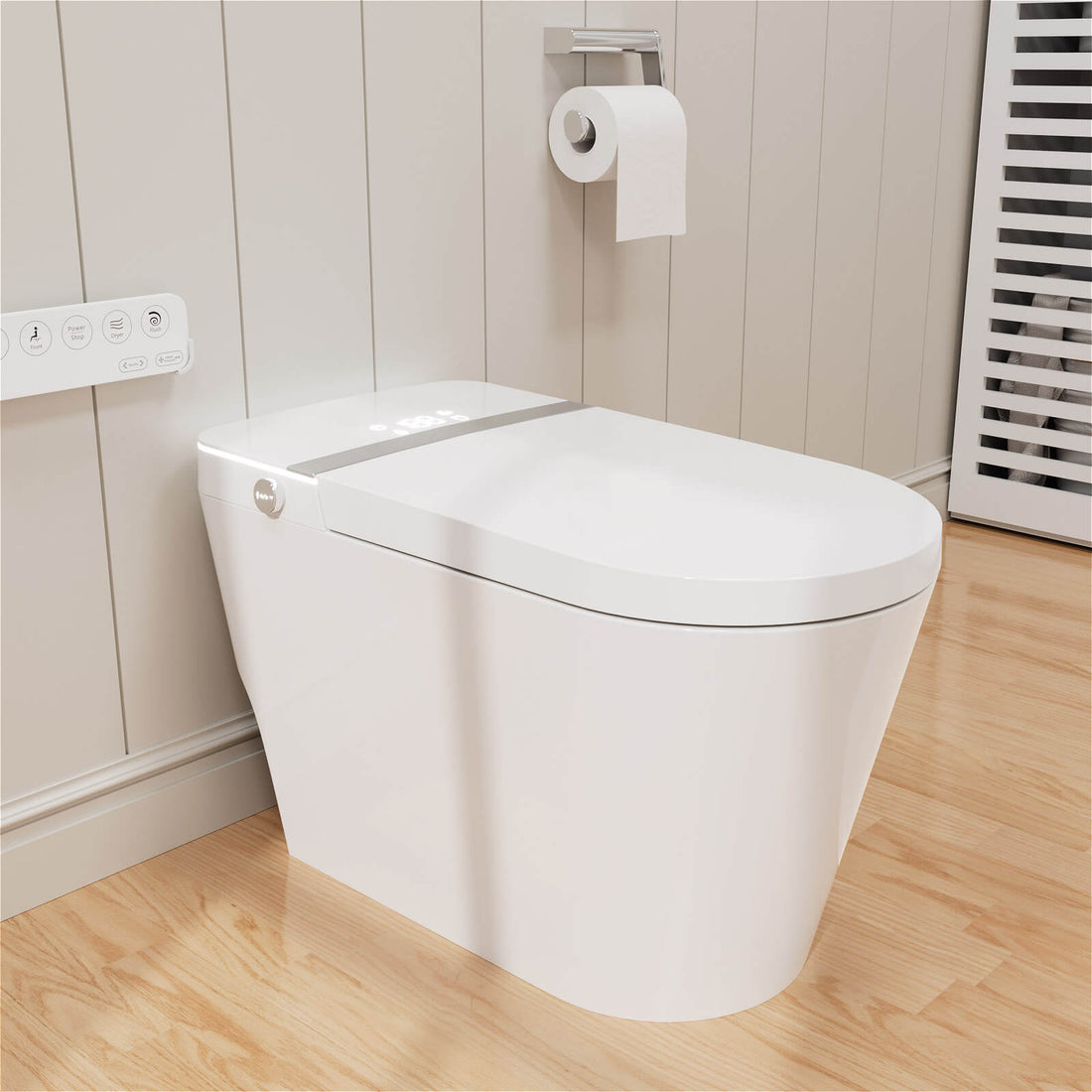
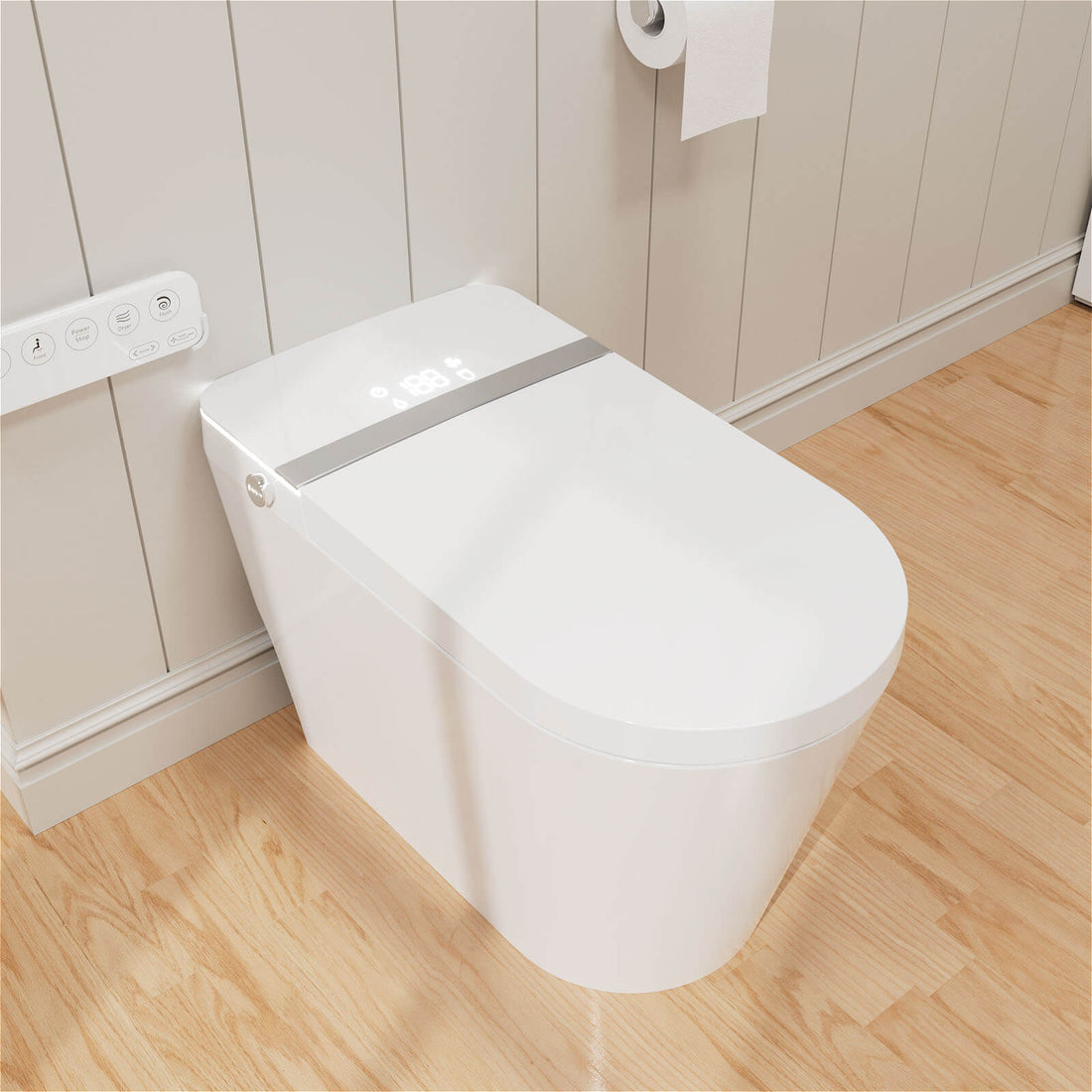
- Regular price
-
$999.99 - Regular price
-
- Sale price
-
$999.99
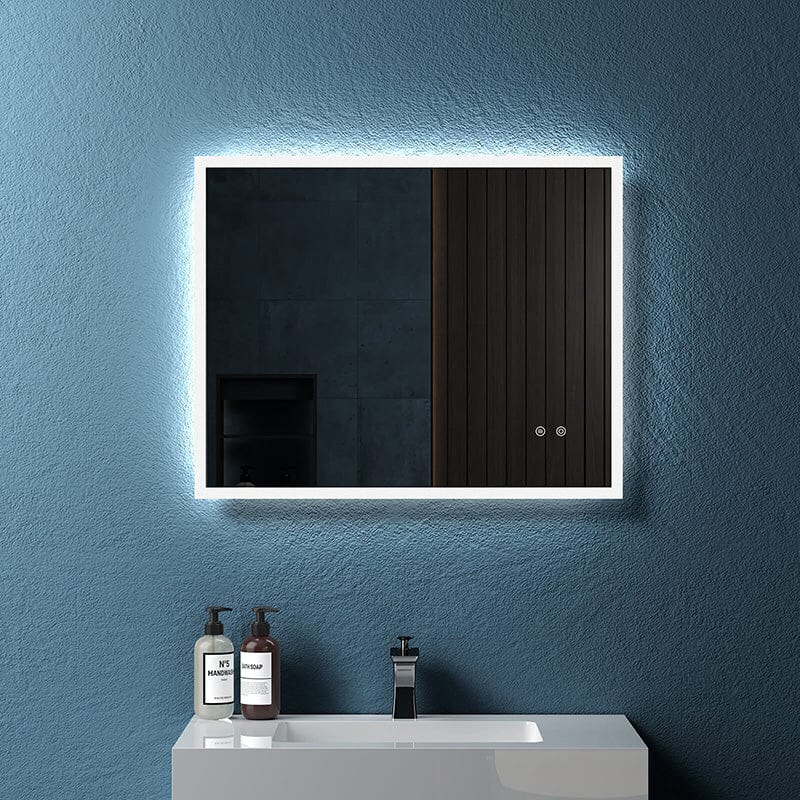
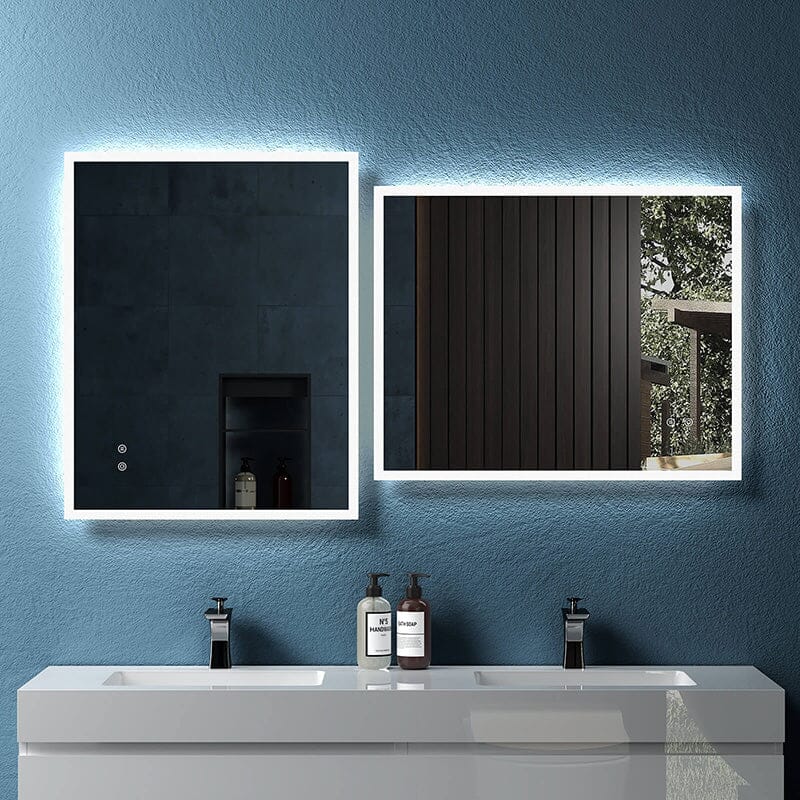
- Regular price
-
$149.99 $549.99 - Regular price
-
$299.99 - Sale price
-
$149.99 $549.99
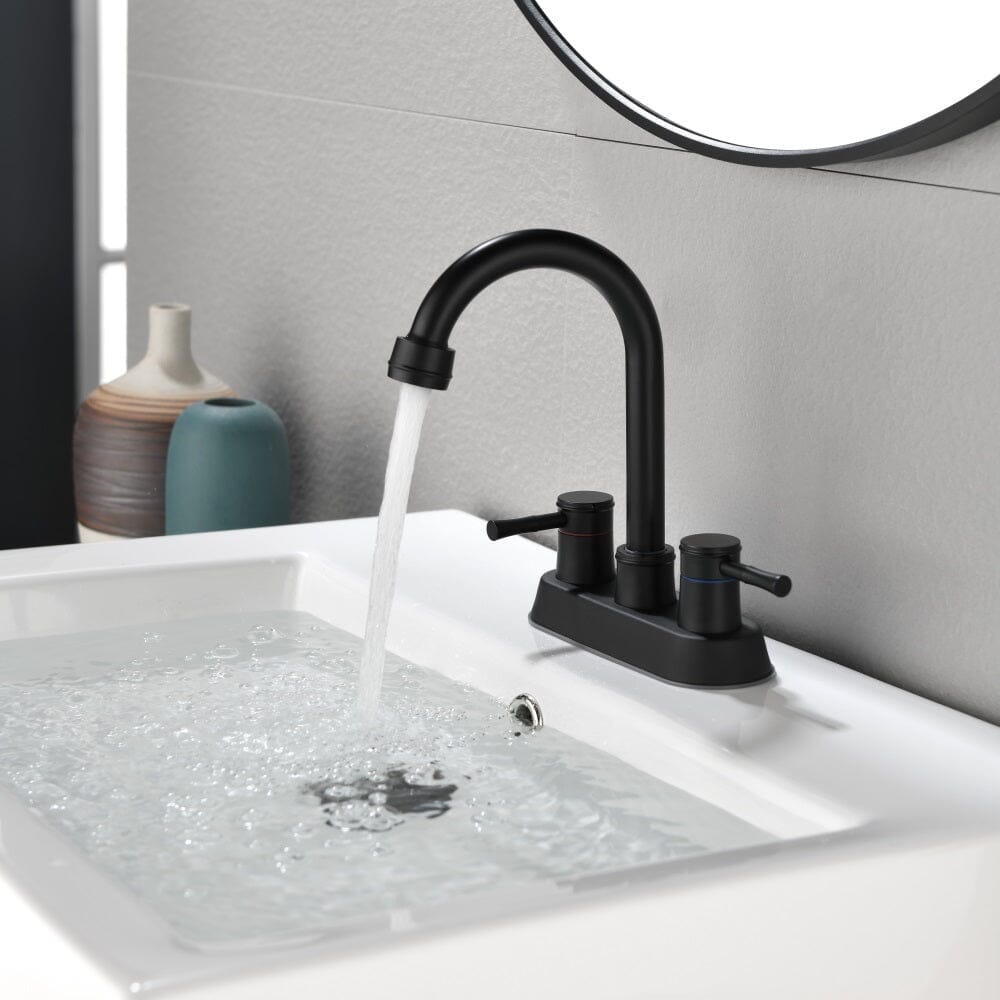
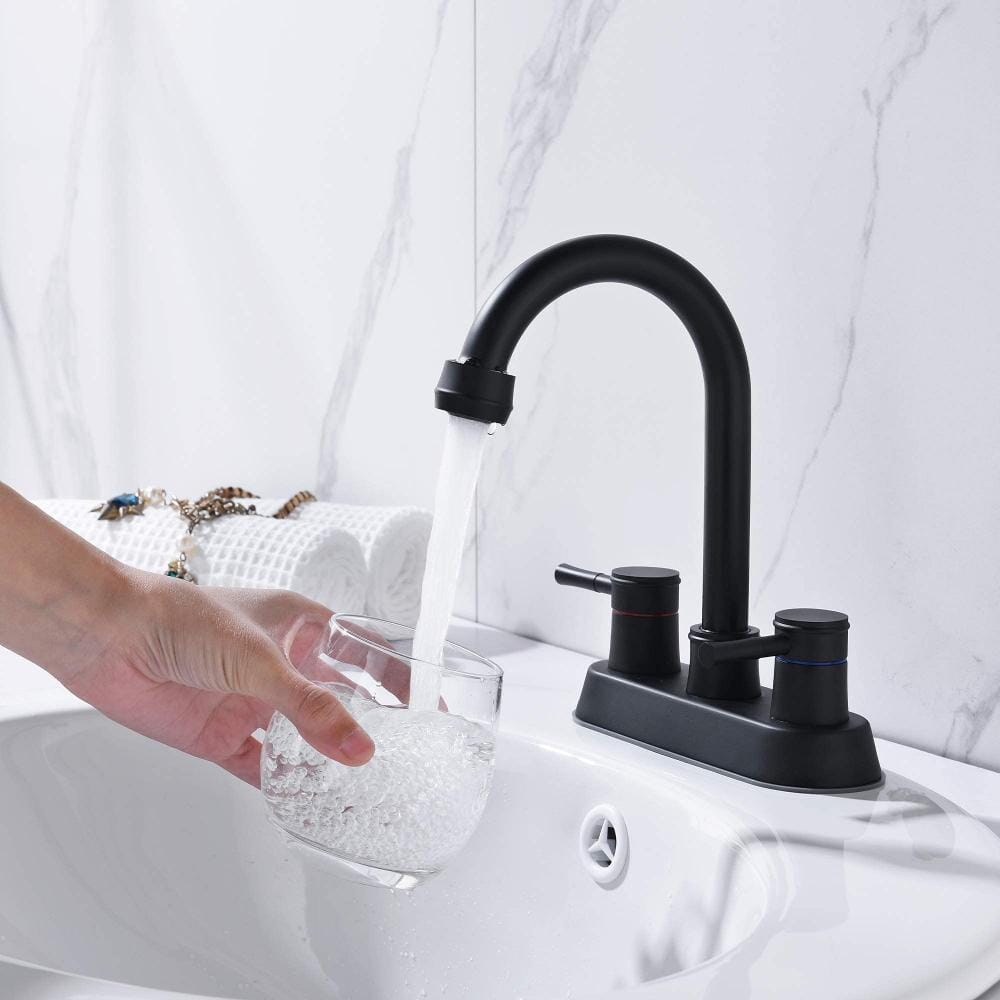
- Regular price
-
From
$142.99 - Regular price
-
$249.99 - Sale price
-
From
$142.99
Authentic Japanese Soaking Tubs for Sale
Are you struggling to find a store that sells authentic Japanese soaking tubs? Many online shops mislead consumers by passing off ordinary bathtubs as Japanese soaking tubs, without any true Japanese style features. However, Japanese bathing culture dates back to 300 BC, making it one of the earliest bathing cultures in the world. Because of this, Japanese bathing tubs are often labeled as comfortable and high-end, gaining popularity among consumers.
Compared to traditional modern bathtubs, Japanese-style tubs have unique features such as compact design, deep soaking, and built-in seats. If you are looking for a truly authentic Japanese soaking tub, then you must consider Giving Tree Home. Unlike other brands, Giving Tree Home specializes in researching and designing various styles of bathtubs, including Japanese-style tubs. We are dedicated to providing consumers with the most authentic Japanese bathing experience, ensuring every detail adheres to the essence of traditional Japanese culture.
Popularity of Japanese Bathtub
Japan, located in the Pacific Ring of Fire, is a country rich in geothermal resources due to frequent geological activity. It is estimated that Japan has over 110 active volcanoes, accounting for about 10% of the world's total active volcanoes. While these geological activities pose certain challenges to the lives and safety of the Japanese people, they also provide abundant natural hot spring resources.
With the introduction of Buddhism to Japan, the reverence for deities reached its peak. According to Buddhist teachings, cleansing the body was considered a purification ritual and a necessary step before worshipping the gods. As a result, temples established various bathing facilities for monks and worshippers. These temple baths, known as "Yakushi-yu" (Baths of the Medicine Buddha), were the early prototypes of public baths in Japan.
As Buddhism continued to spread in Japan, the habit of bathing gradually extended from temples to the lives of the nobility. During the Heian period (794-1185), the aristocracy became keen on bathing in hot springs, using them for therapeutic purposes and viewing them as an elegant leisure activity. By the Nanboku-chō period (1336-1392) and the Muromachi period (1336-1573), bathhouses began to open to the general public. During this era, Japan experienced relative peace and economic growth, allowing the bathing culture to spread widely among common people, leading to a nationwide bathing trend.
Traditional Japanese bathhouses were mixed-gender, requiring people to bathe naked in front of each other. It was not uncommon to find men, women, and children sharing the same bath. As society evolved and placed greater emphasis on decorum and modesty, this form of mixed bathing began to be seen as inappropriate. In 1890 (Meiji 23), Japan enacted a law prohibiting mixed bathing for individuals over the age of seven. However, in practice, bathhouses often simply used wooden boards to separate changing rooms and bath tubs.
With the advancement of modern civilization, there was an increasing emphasis on personal privacy. To balance the love for bathing culture with the need for privacy, the bathing venue gradually shifted from public bathhouses to home bathrooms. The Japanese soaking tub (Ofuro) emerged, characterized by its deeper design that allows for full-body soaking, providing immense relaxation and comfort.
Due to the Japanese people's emphasis on and appreciation for bathing, this tradition gradually transitioned into modern households, creating a unique culture of Japanese soaking tubs. These tubs are not only popular in Japan but have also gained many enthusiasts worldwide. Their simple, elegant design and excellent user experience have led to their widespread use in homes and hotels around the globe, becoming a globally popular trend.
Characteristics of Japanese Style Tubs
Compact Size
Many individuals seeking Japanese soaking tubs often find that these tubs are generally smaller in size. This isn't because Japanese style soaking bathtubs are seen as diminutive; rather, it's due to the limited space typically found in Japanese homes. Therefore, Japanese soak tubs are often designed to be smaller, usually under 50 inches in length, with many around 47 inches, making them well-suited for layouts in small bathrooms. To further save space, they are often rectangular or square-shaped to fit snugly against walls, although there are also round Japanese soaking tubs available.
Deep Soaking
Some people may mistakenly believe that Japanese-style bathtubs are too small to comfortably stretch out in. However, this notion is incorrect. While Japanese soaking tubs have compact overall dimensions, their soaking depth can reach 16'' to 20'' or even deeper, which brings about numerous benefits:
- Enhanced Buoyancy: The greater water depth provides increased buoyancy, effectively relieving the body from gravitational pressure, which is particularly beneficial for those who need to stand for long periods.
- Improved Circulation: Deep soaking helps enhance blood circulation, alleviating issues like varicose veins and foot swelling.
- Vascular Stimulation: It stimulates vasodilation, improving blood flow rate and supply. This promotes bodily relaxation, relieves muscle tension, helps lower blood pressure, and enhances cardiovascular health.
- Winter Comfort: Especially in cold winters, deep soaking quickly warms the body and improves blood circulation efficiency.
Built-In Seat
The design of a built-in seat is widely considered the most comfortable choice in Japanese soaker tubs. Compared to traditional shallow soaking tubs, the built-in seat combines the advantages of compact size and deep soaking depth, offering users a more enjoyable and comfortable soaking experience. This design allows people to sit in the tub rather than lying completely flat, which not only enhances comfort but also enhances overall bathroom layout flexibility and efficiency.
This design is gaining popularity not only in Japan but also globally, especially in the design of small bathroom spaces. It represents not just a functional innovation but also an intelligent design that meets ergonomic and lifestyle needs.
Styles of Japanese Soaking Tubs Offered by Giving Tree Home
- By Size: Most Japanese soaking tubs offered by Giving Tree Home range from approximately 47 inches to 50 inches in length.
- By Soaking Depth: Tubs without built-in seats typically have a soaking depth of around 16 inches, while those with built-in seats often exceed 20 inches. For specific details, please refer to the product pages.
- By Design: Giving Tree Home specializes in freestanding designs, which lean towards modern styles.
- By Shape: We offer Japanese soaking tubs in all standard shapes, from circular to rectangular, allowing you to choose according to personal preference and space requirements.
- By Material: Our tubs primarily feature solid surface and acrylic materials.
FAQs About Japanese Soaking Tub
What Are the Differences Between Japanese and American Bathtubs?
The main differences lie in the soaking depth and soaking style. Japanese bathtubs typically have a deeper soaking depth, ranging from 15 to 21 inches, and are used in a sitting position. In contrast, American bathtubs have a shallower soaking depth, usually between 13 to 16 inches, and are mainly used in a reclining position.
Do Japanese Soaking Tubs All Have Seats?
Not necessarily. Although Japanese style soaking tubs are primarily used in a sitting position, this does not mean they all have built-in seats. The sitting position is often due to the backrest being vertical rather than inclined. If you need a bathtub with a seat, you can consider our sitting tubs.
Are Japanese Soaking Tubs Generally Expensive?
The price of Japanese bathtubs mainly depends on the material. Wooden Japanese Soaking Tubs are usually the most expensive, followed by solid surface materials, and lastly, acrylic materials. If you want to know the reason, it is recommended to read "Why Are Wooden Bathtubs More Expensive"
Which Japanese Soaking Tub Material Is Better
It depends on your needs. If you are price-sensitive, it is recommended to choose an acrylic materials bathtub. If you are looking for relaxation, a wooden one is the best choice. For a balance between functionality and price, you can choose a solid surface material bathtub.
Can Soap Be Used in Japanese Soaking Tubs?
If you have purchased a wooden Ofuro bathtub, it is not recommended to use soap as it may damage the material or cause mold. However, if you have purchased a Japanese soaking tub from Giving Tree Home, you can use soap as our bathtubs are made of acrylic or solid surface materials.
Are Japanese Bathtubs Suitable for Long Soaking?
Yes, the primary purpose of Japanese bathtubs is relaxation, making them perfect for long soaks. Giving Tree Home's Japanese soaking bathtubs have an insulated structure that allows for longer soaking times, with the temperature typically dropping only 20°C within 50 minutes. However, for your health, it is recommended not to soak in hot water for more than 30 minutes, whether for daily soaking or spa baths.
Do Giving Tree Home's Japanese soaking tubs Come with Covers?
No, our Japanese bathtubs generally do not come with covers, except for Ofuro Japanese bathtubs, which are sold with covers.
Guarantees
-
Get 10% off
First Order Offer
-
Securety Payments
Pay With Credit/Debit Card
-
30 Days Return
Returns within 30 days of delivery
-
Chat With Us
Email+Chat+Phone Support





















